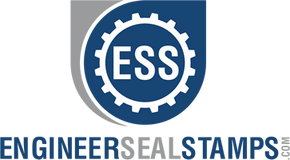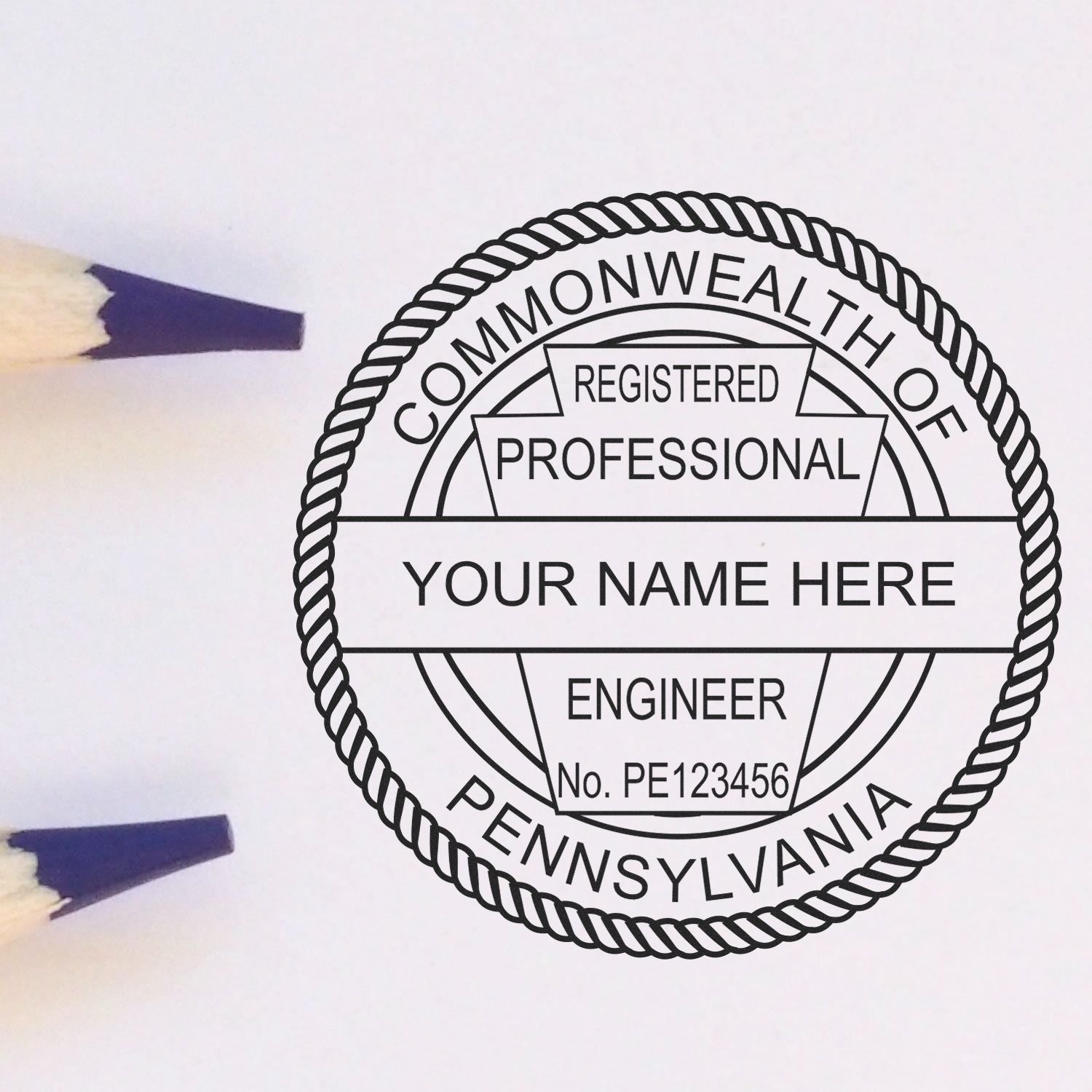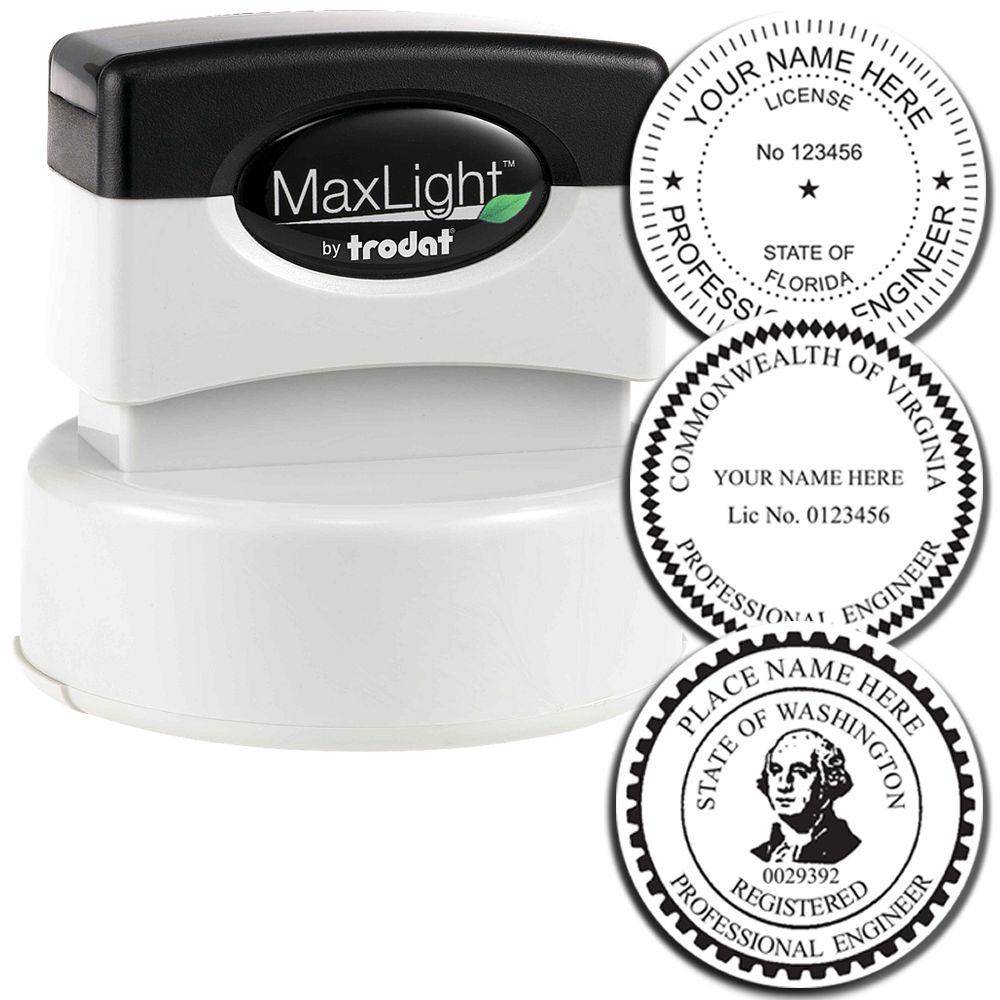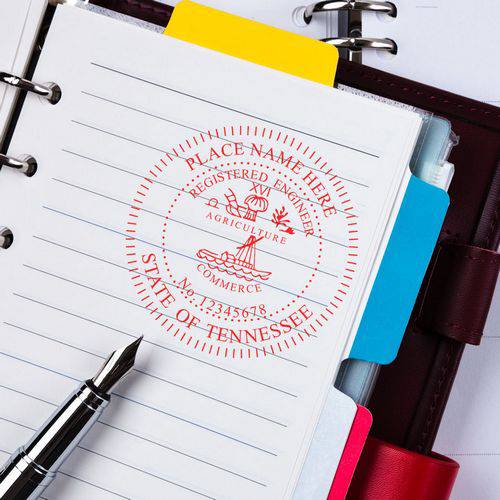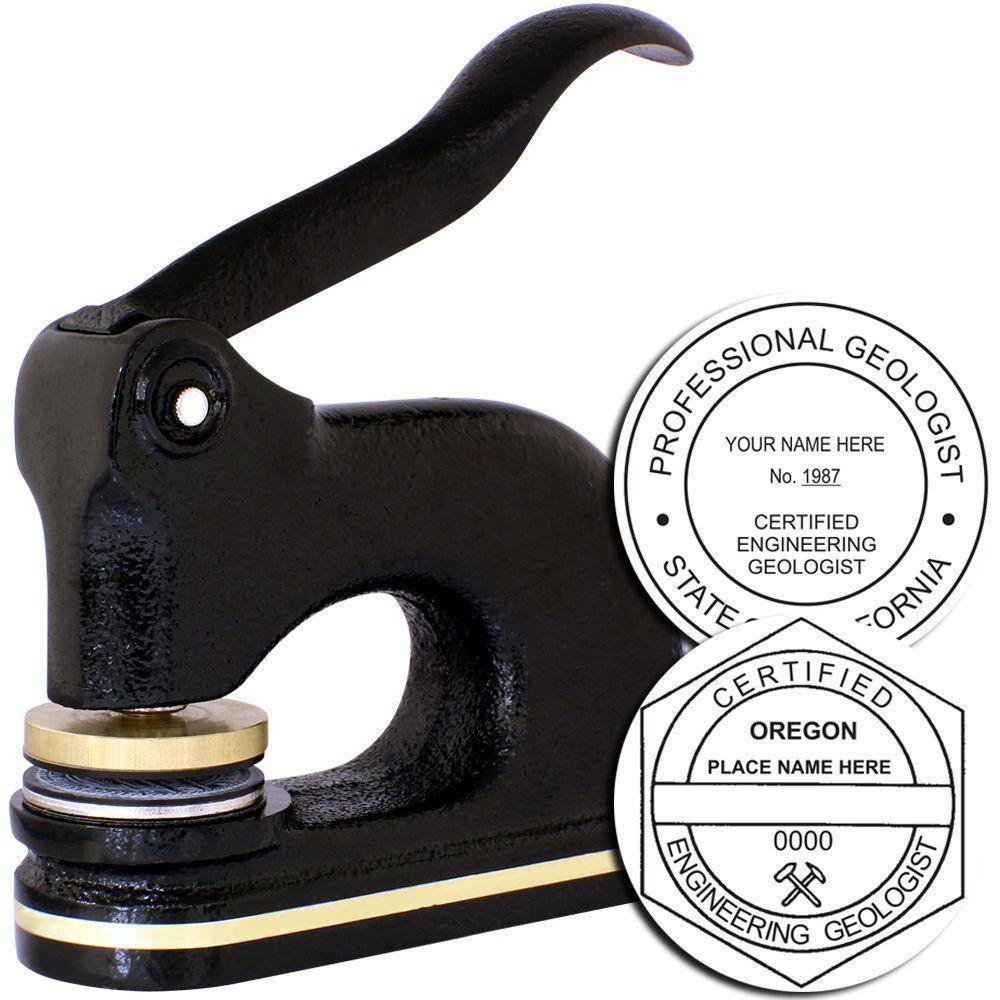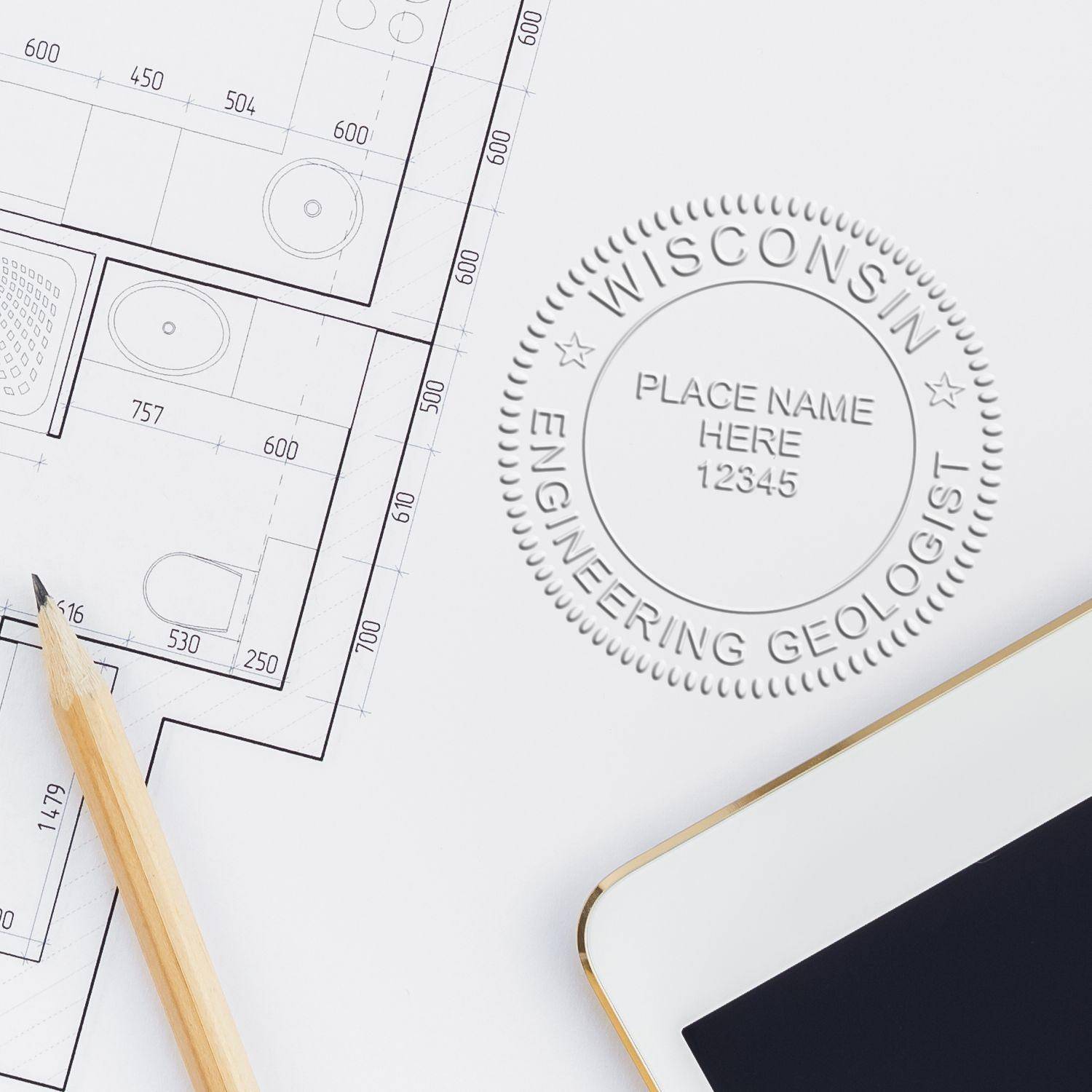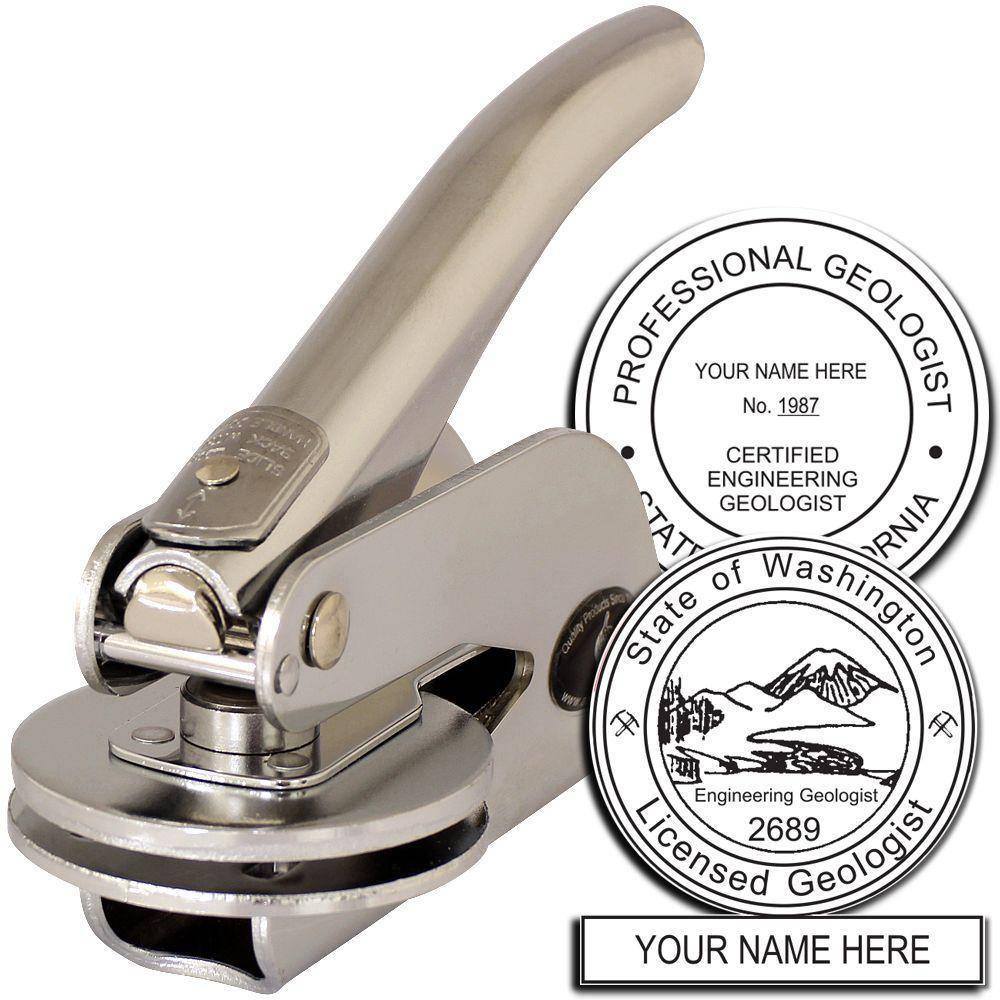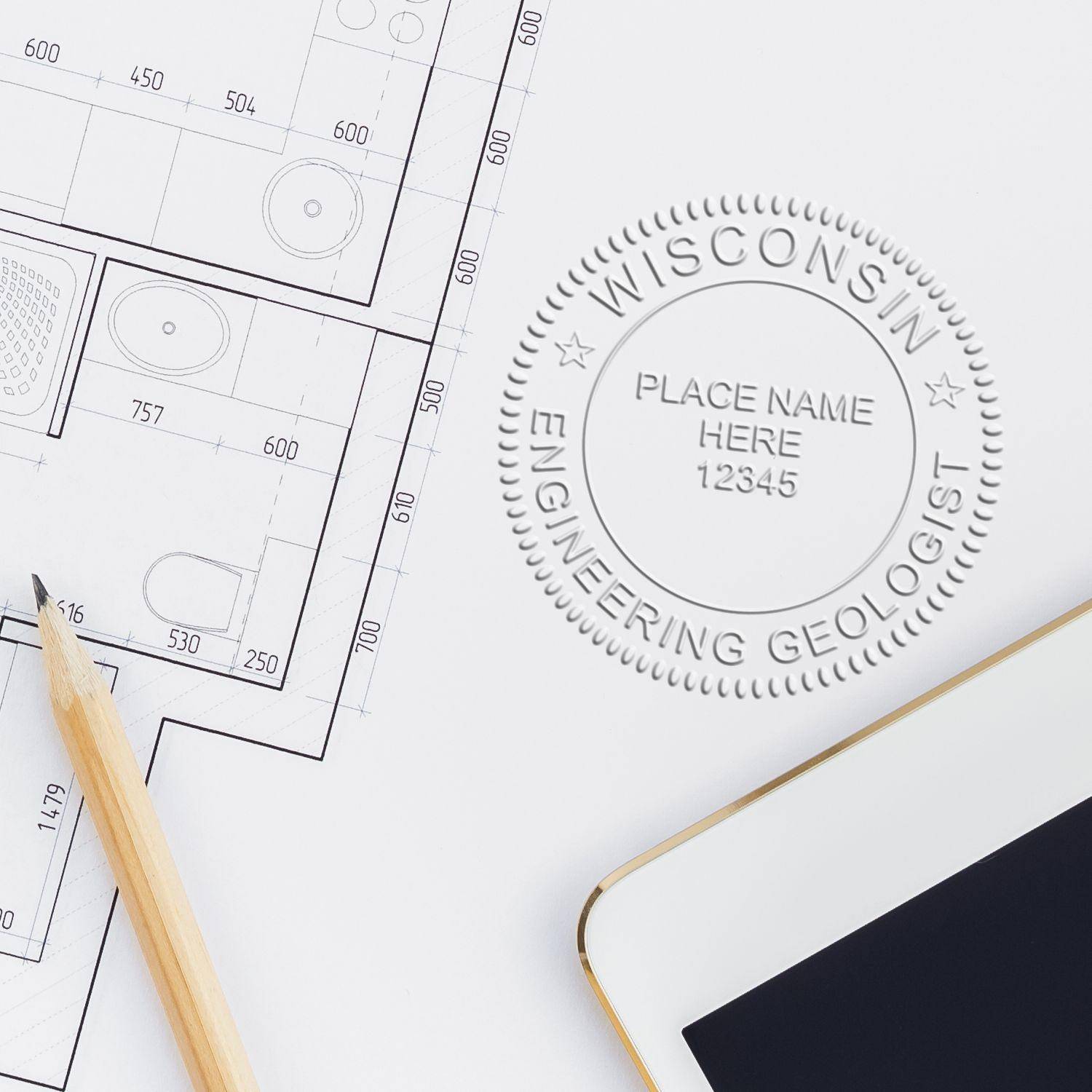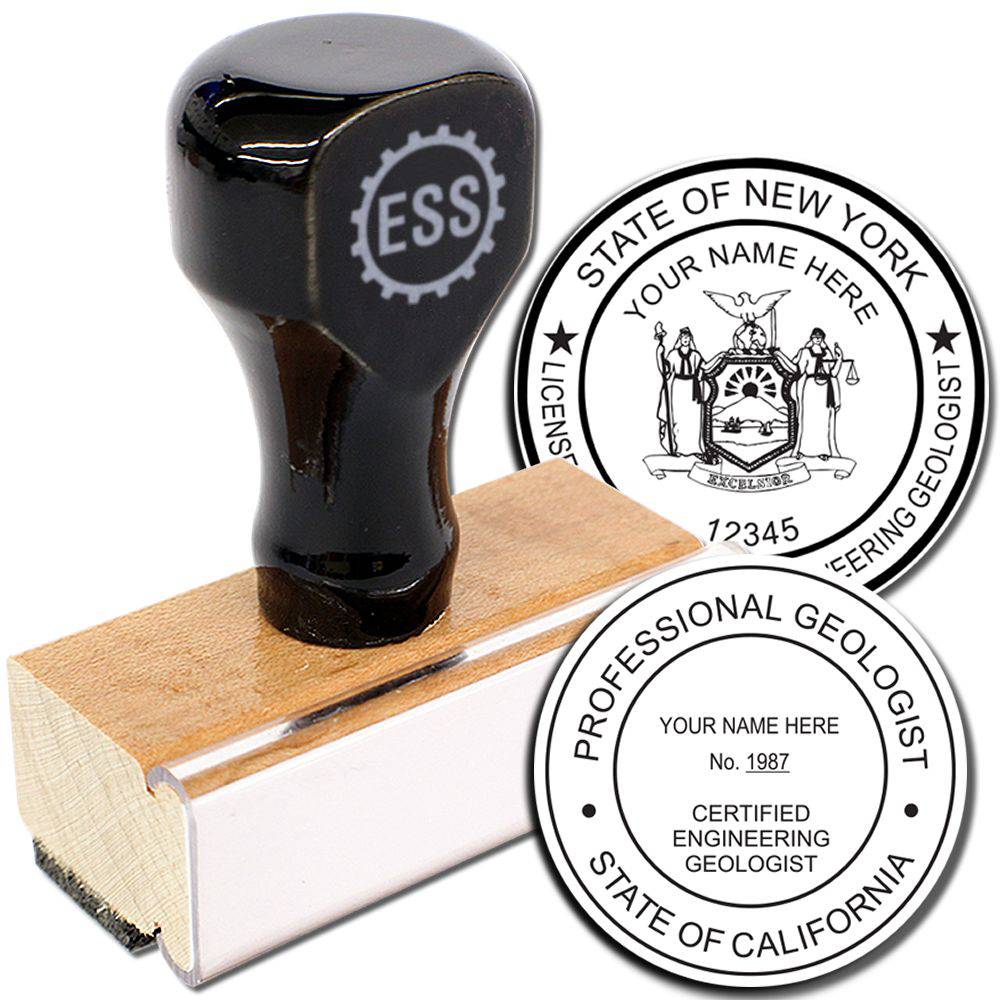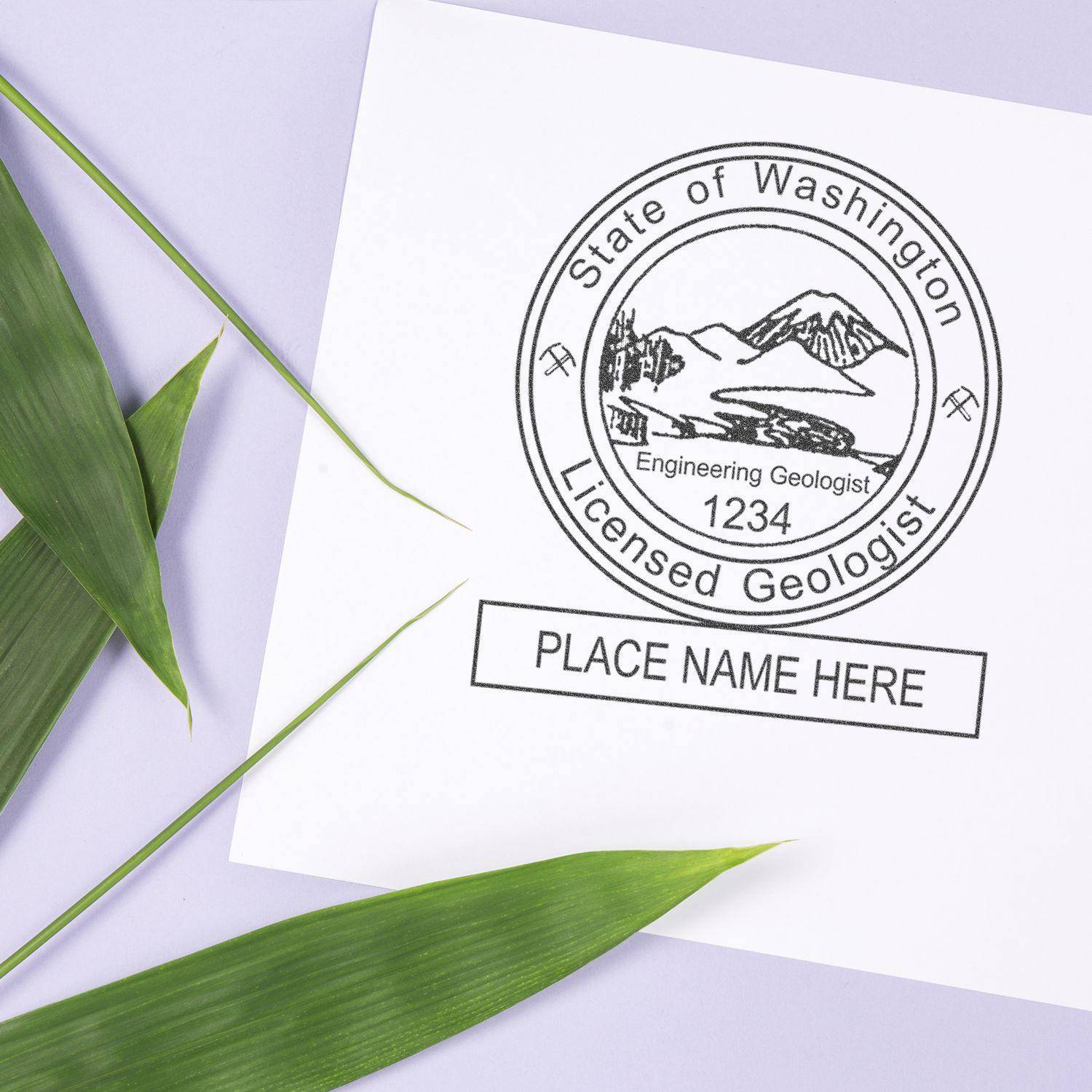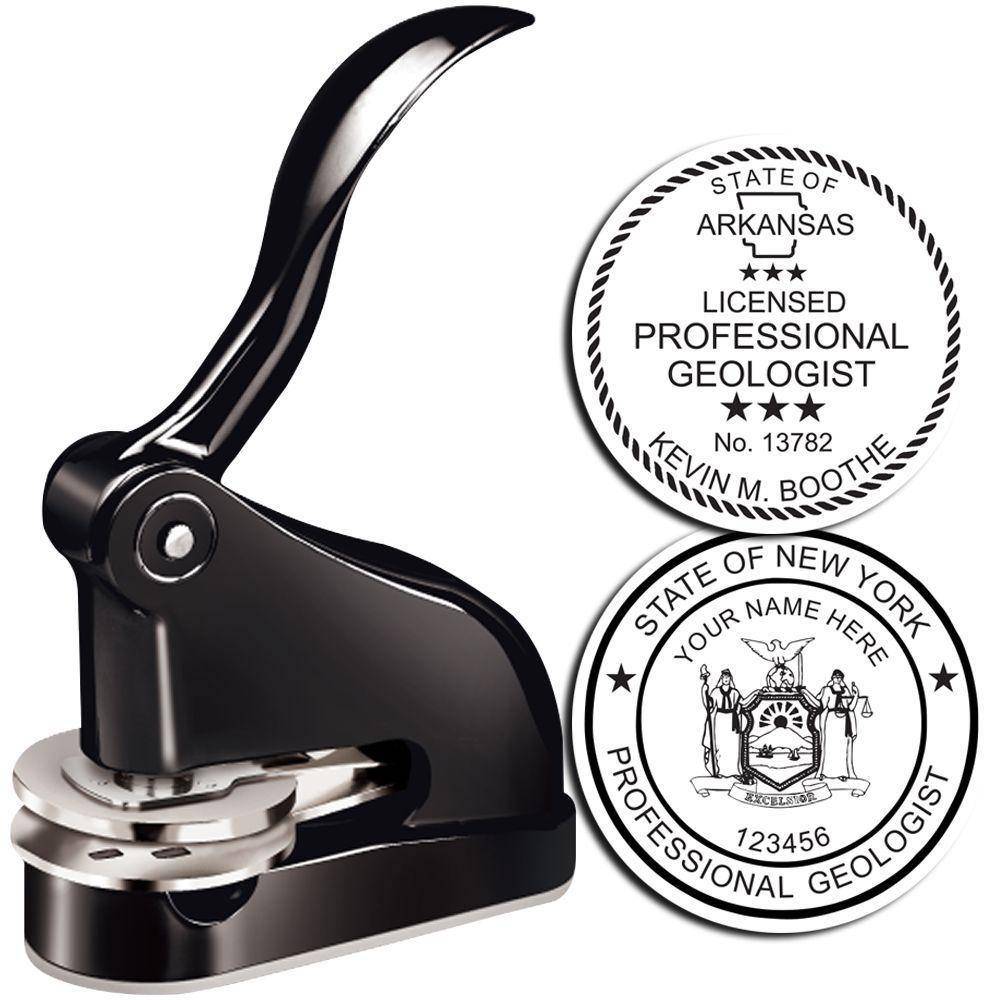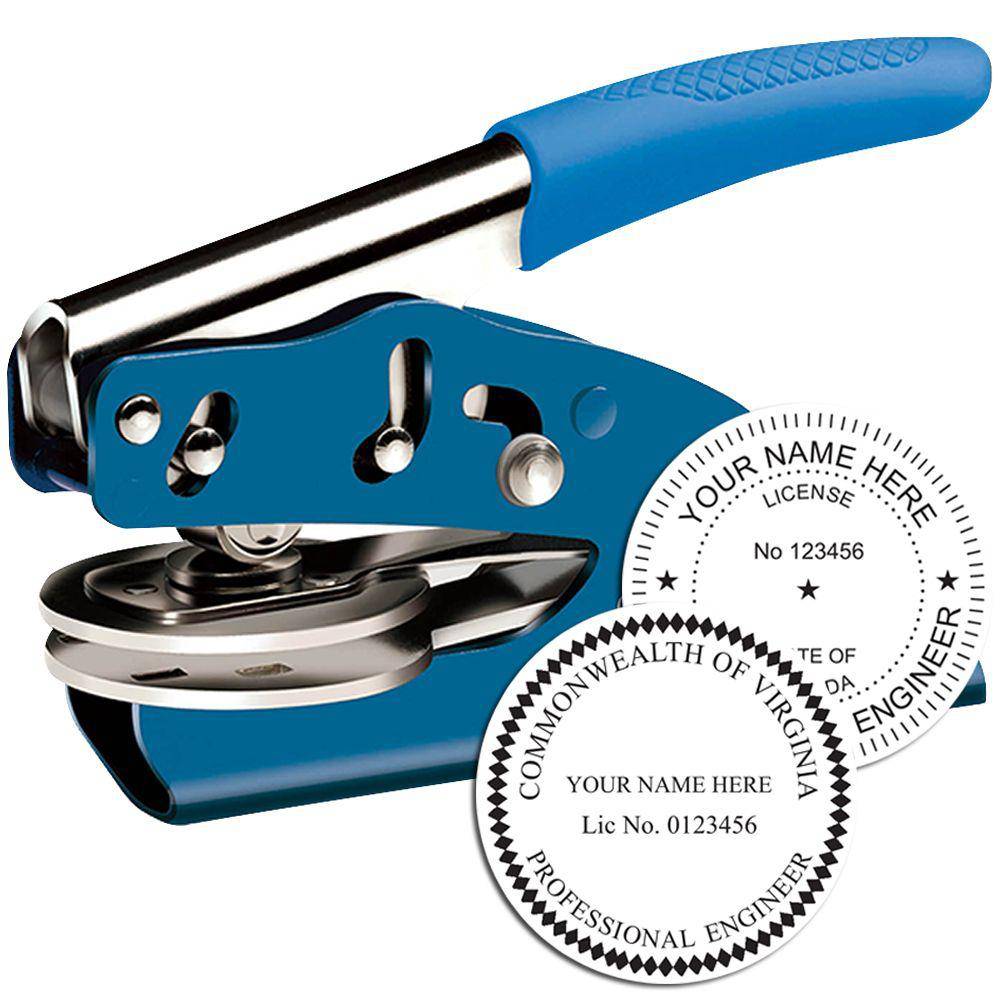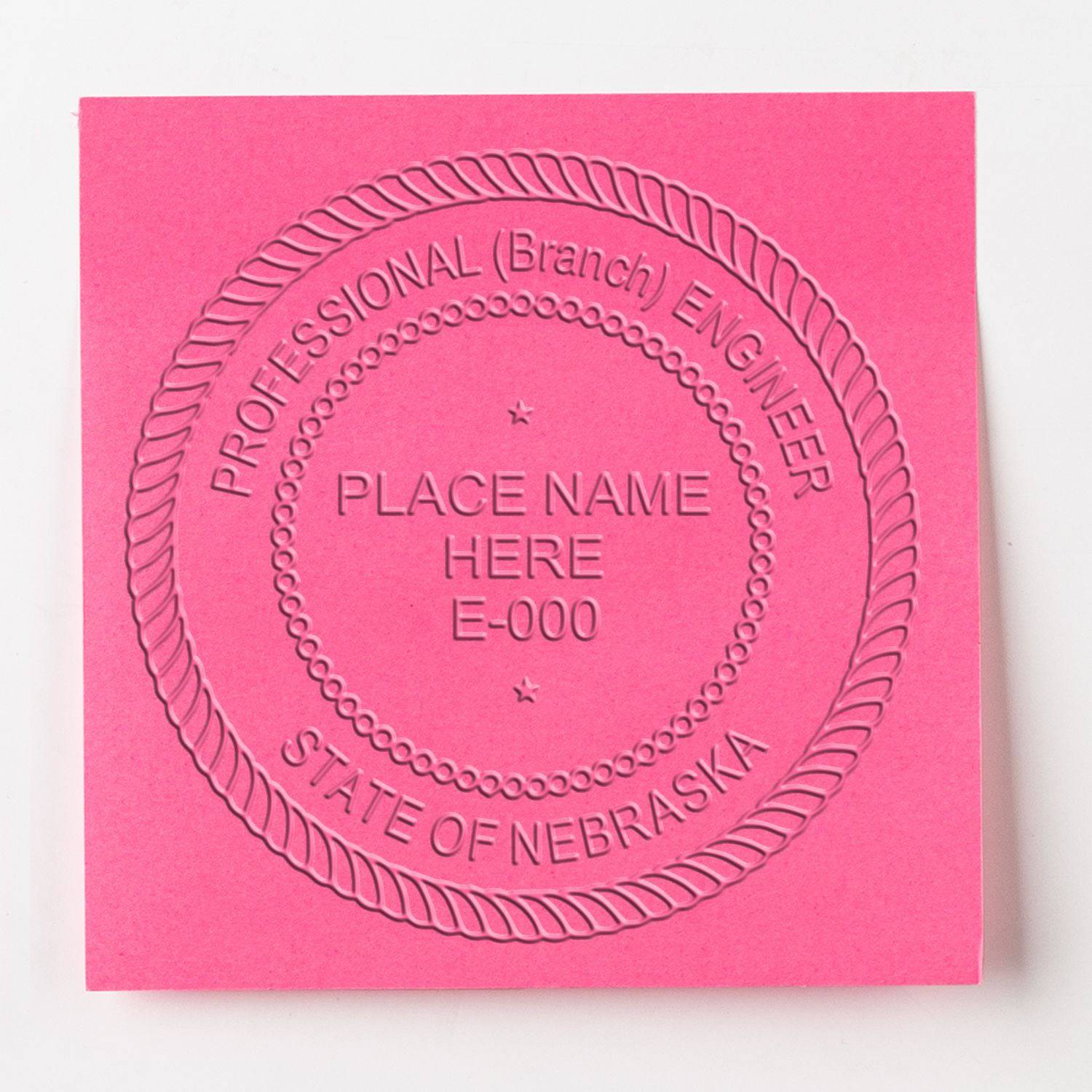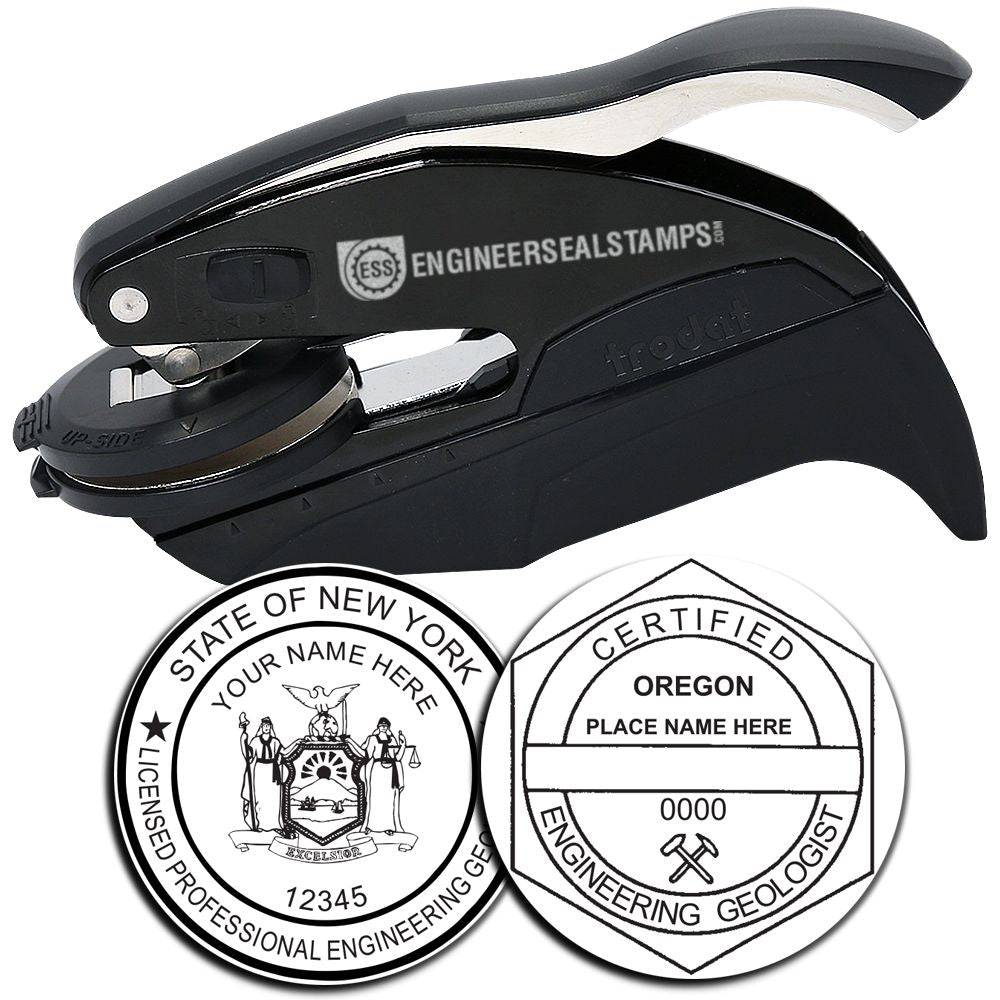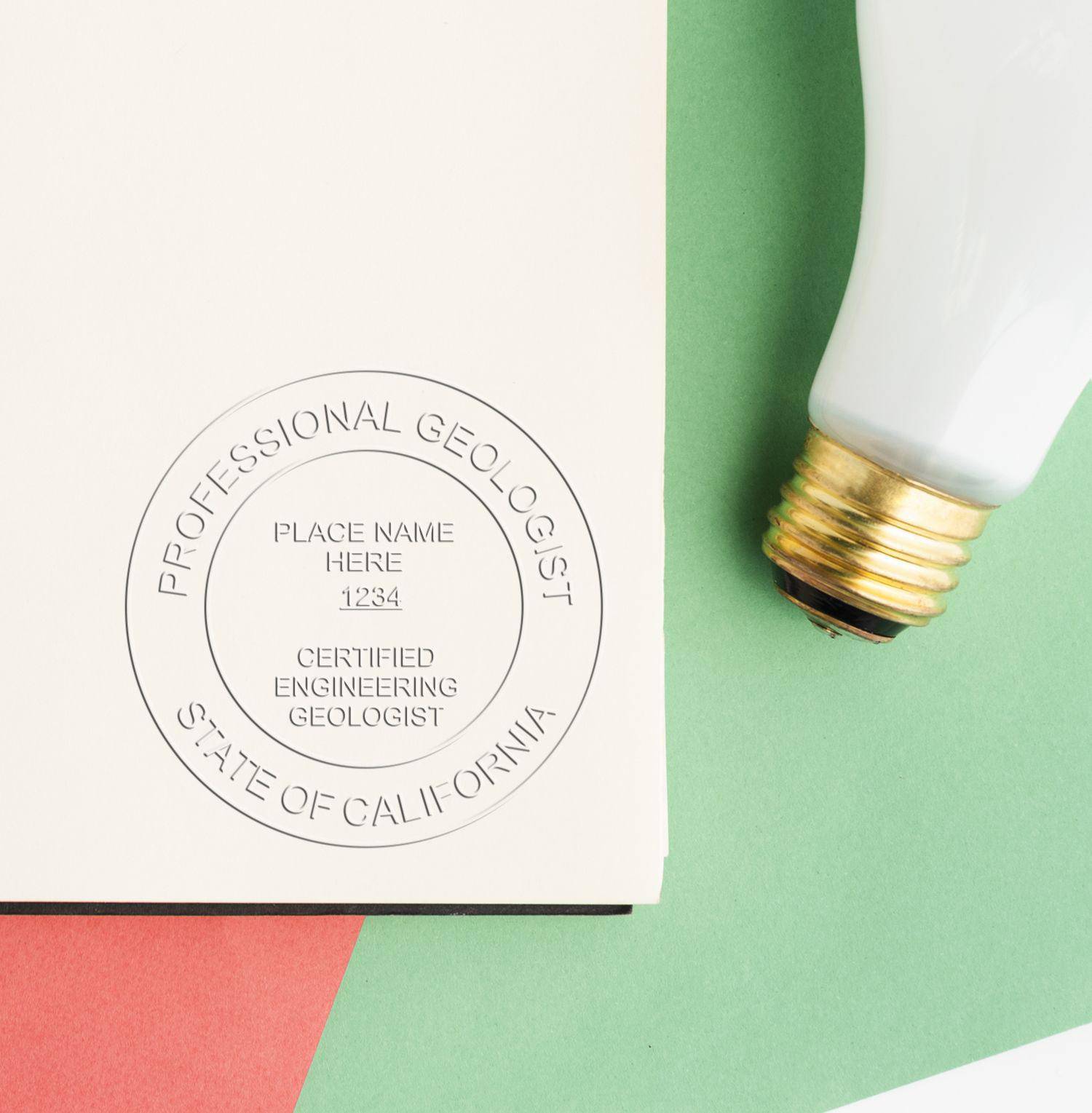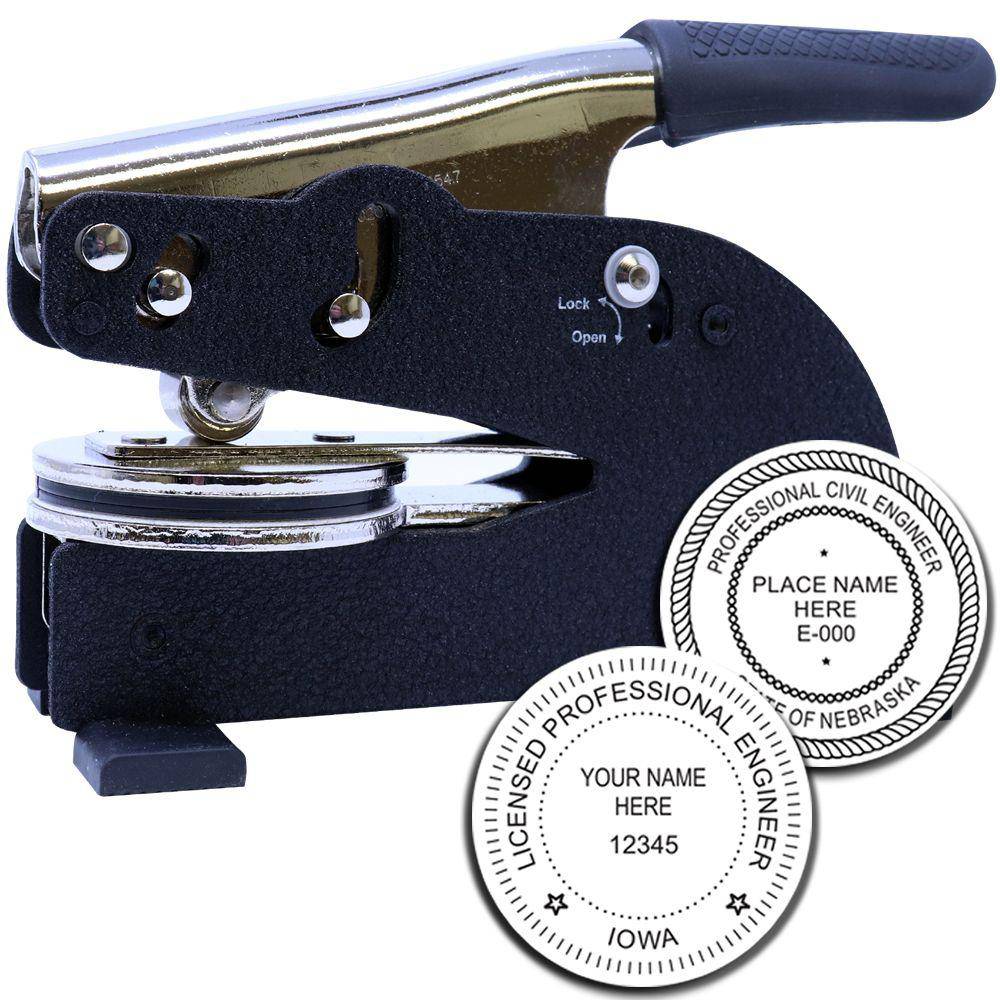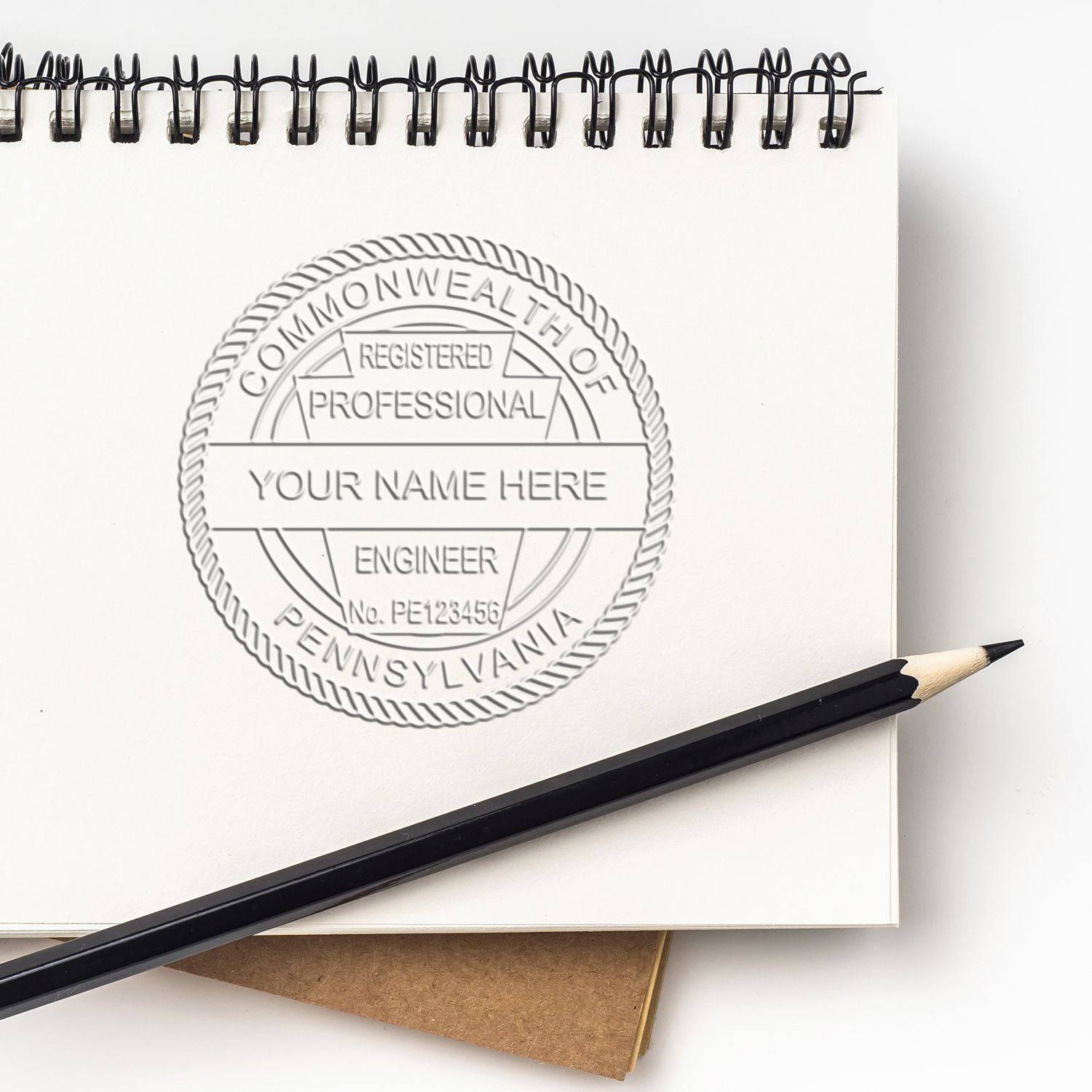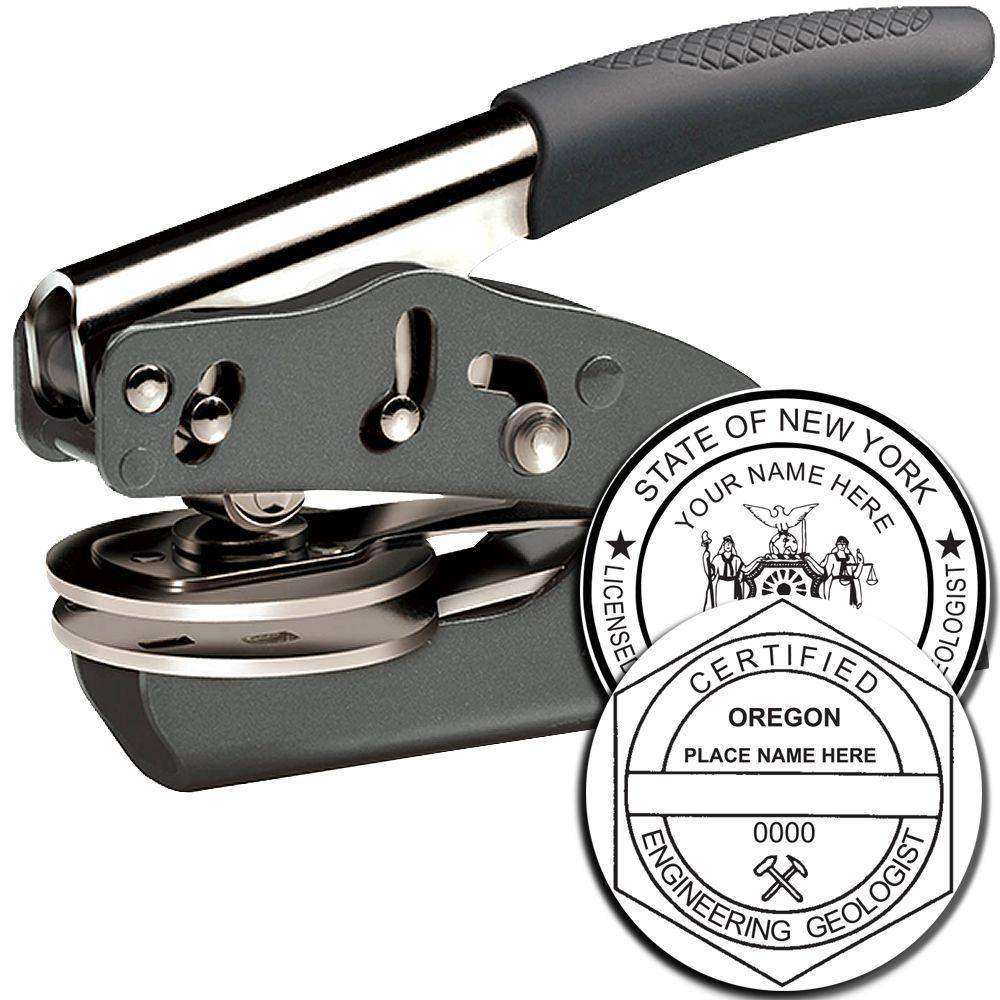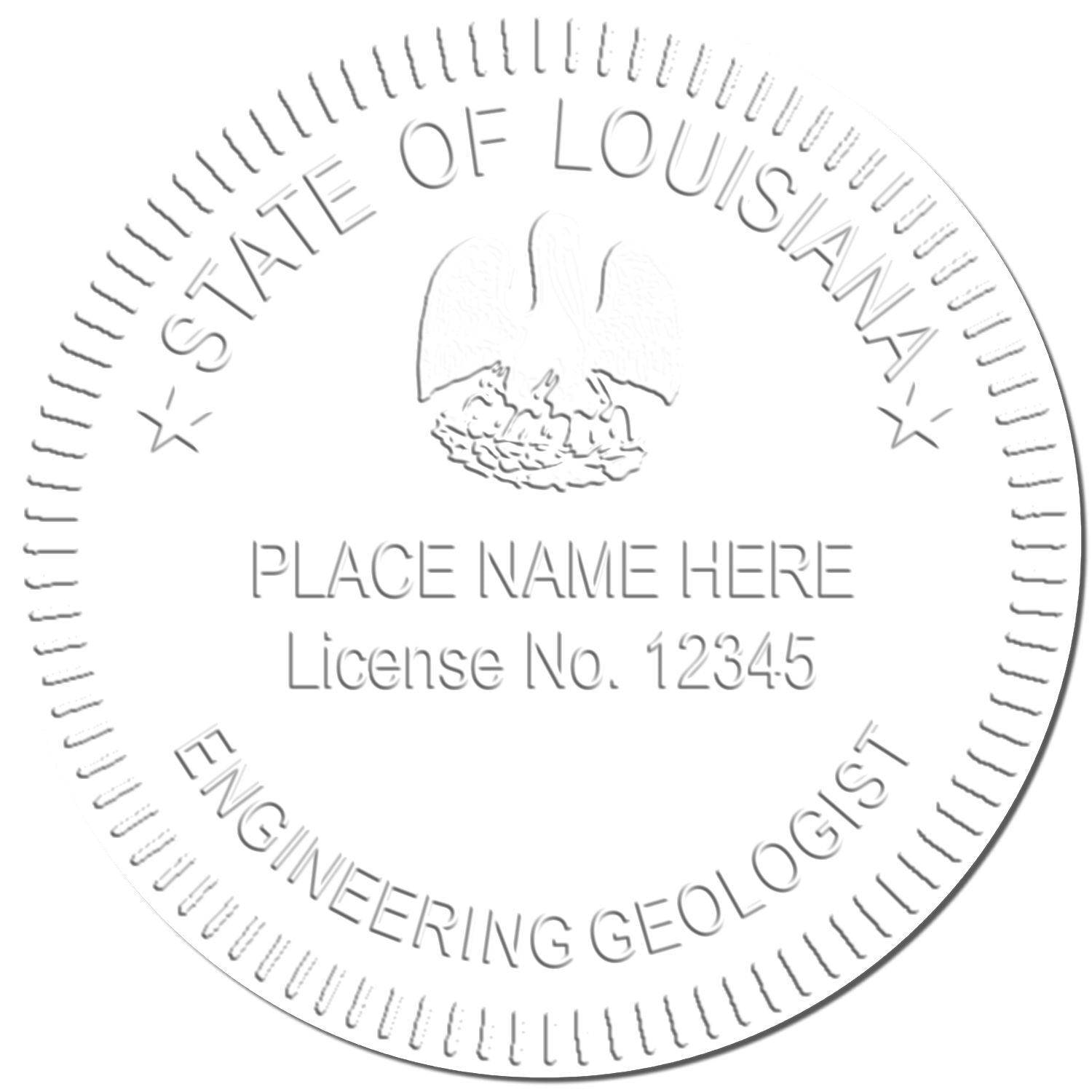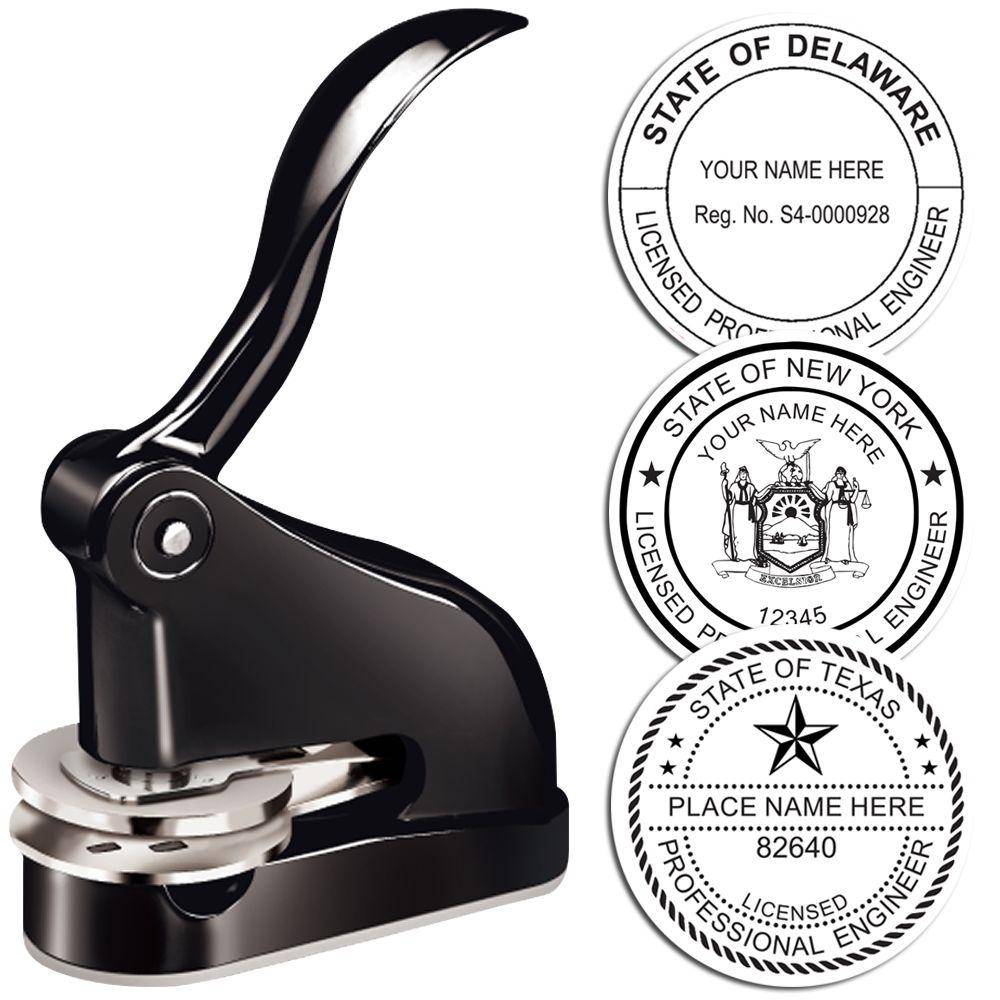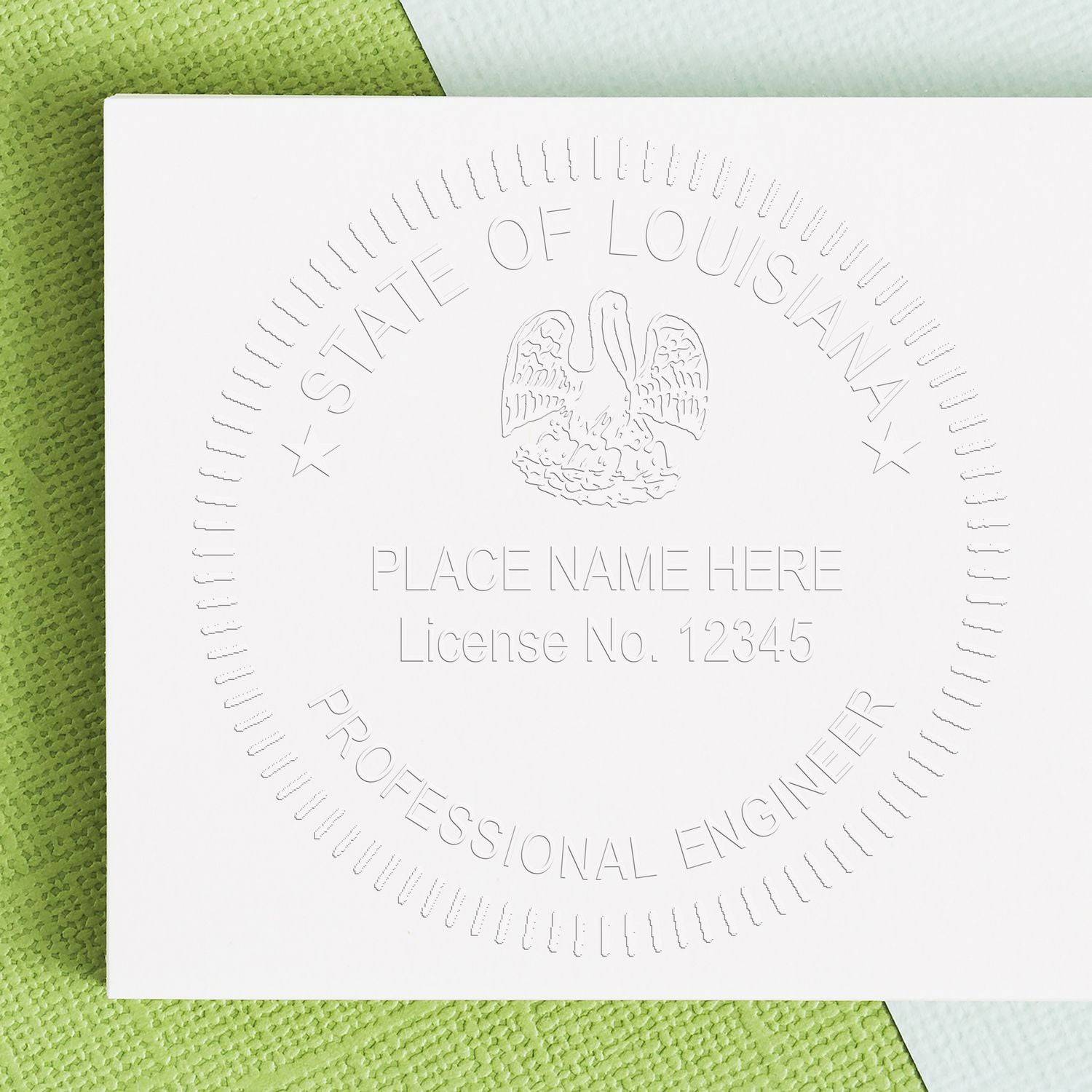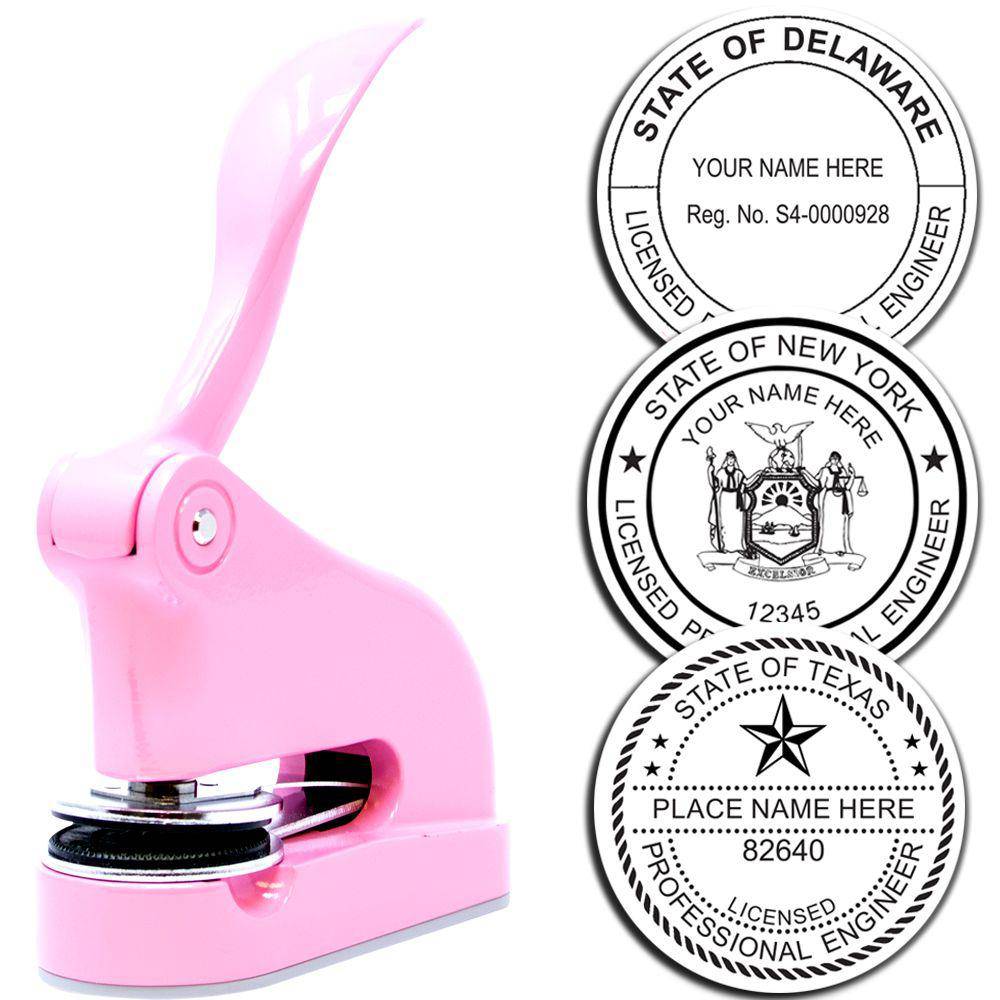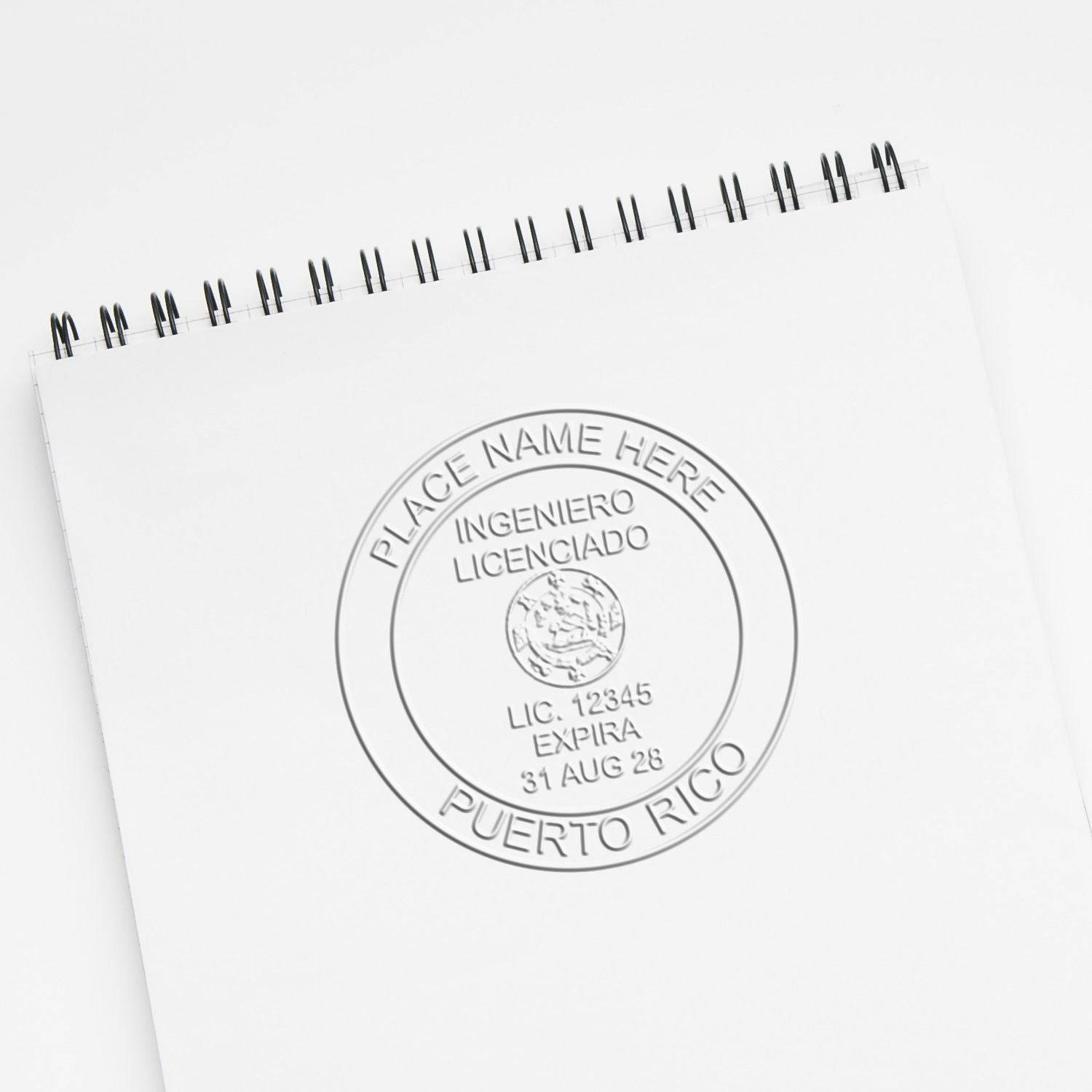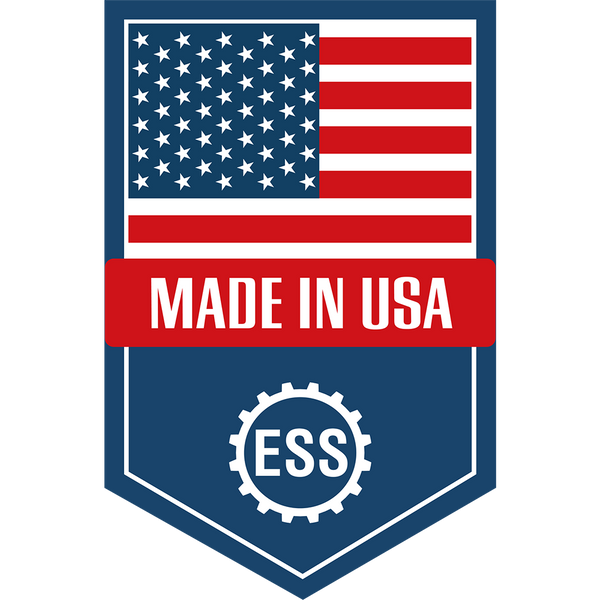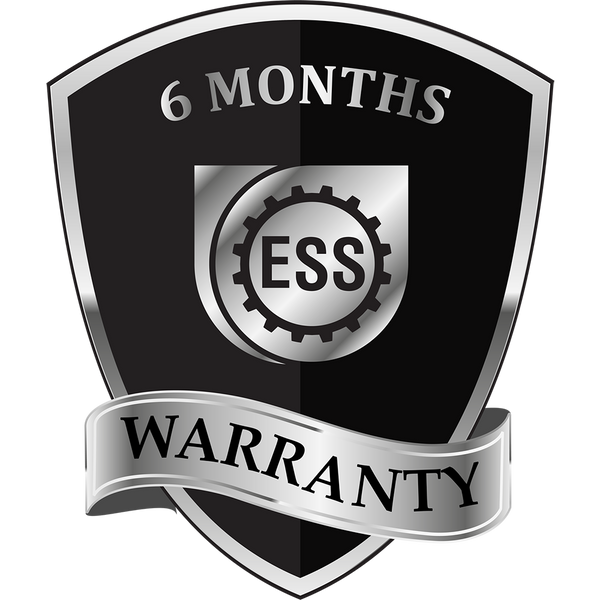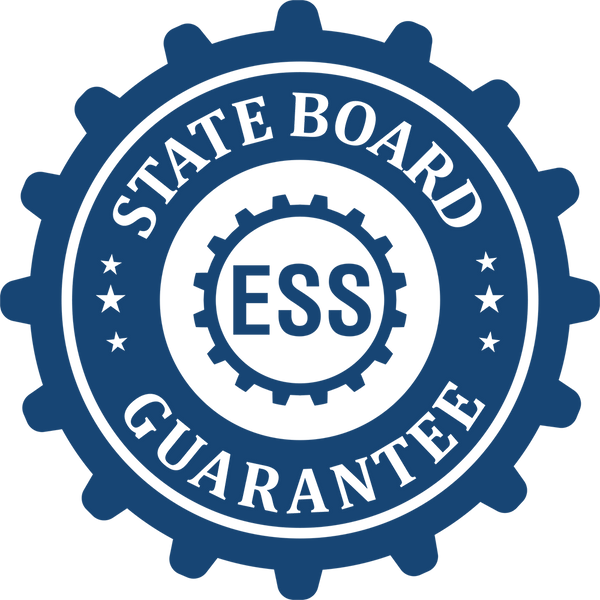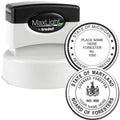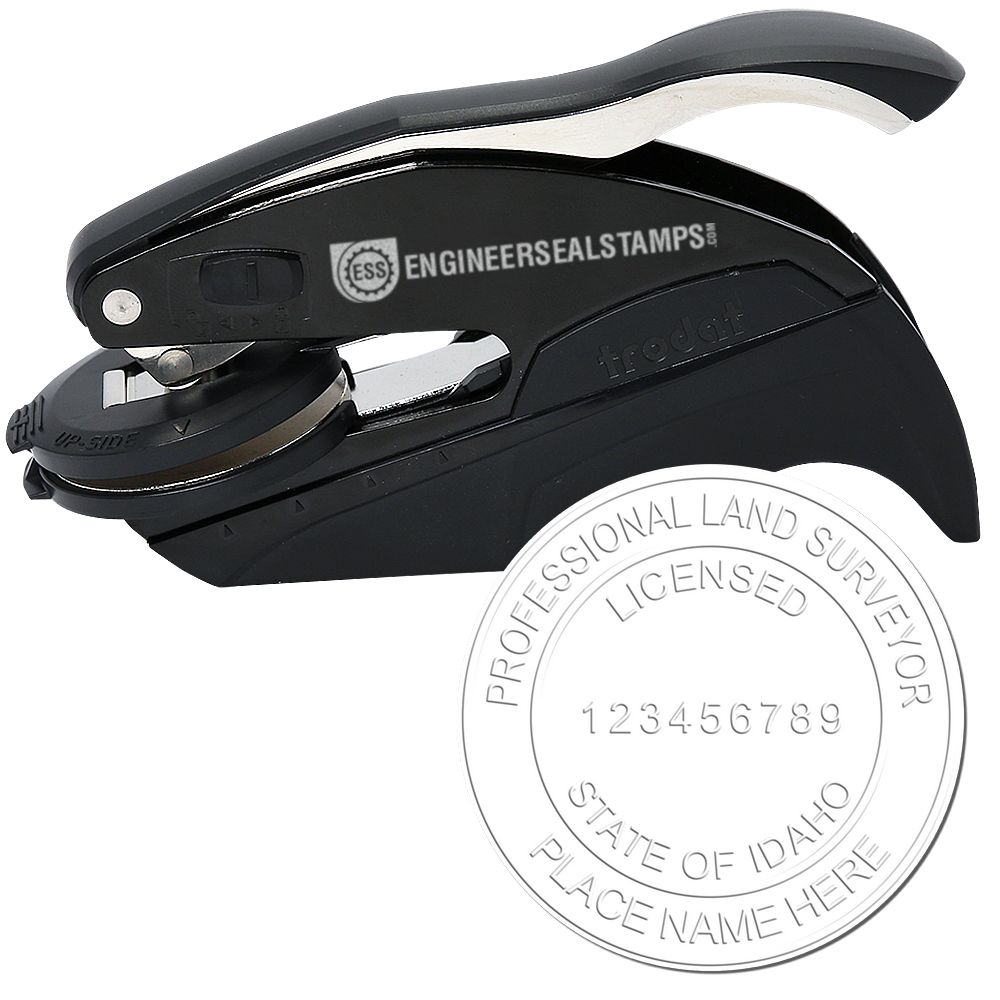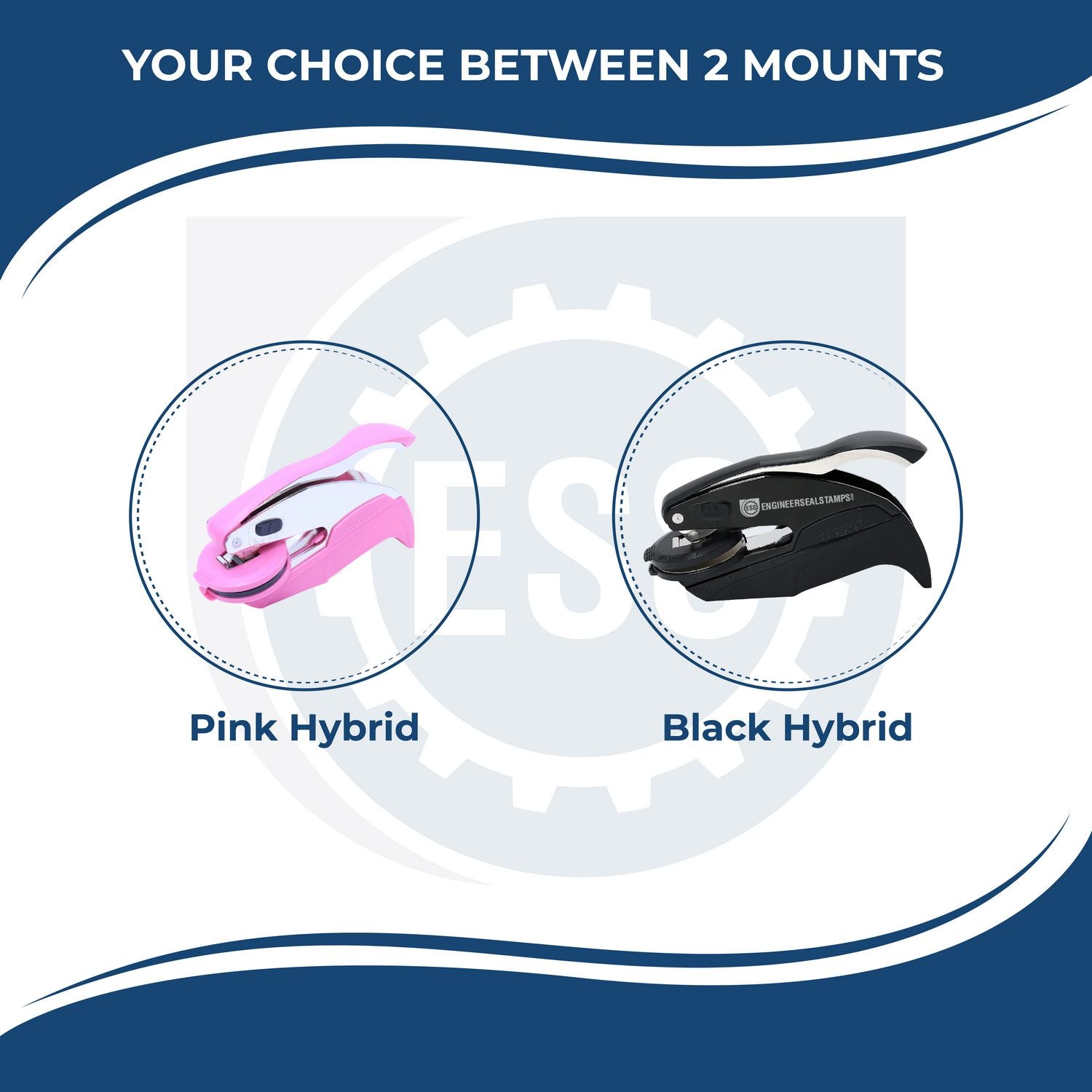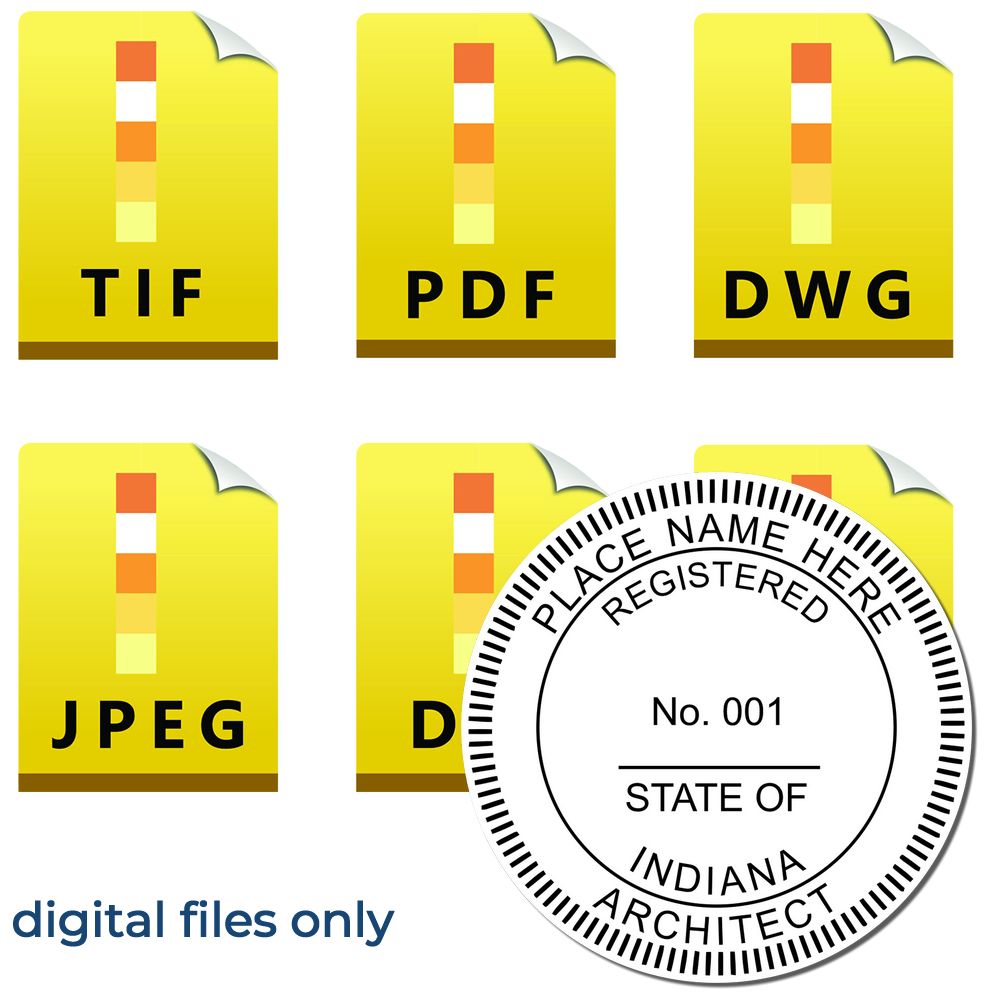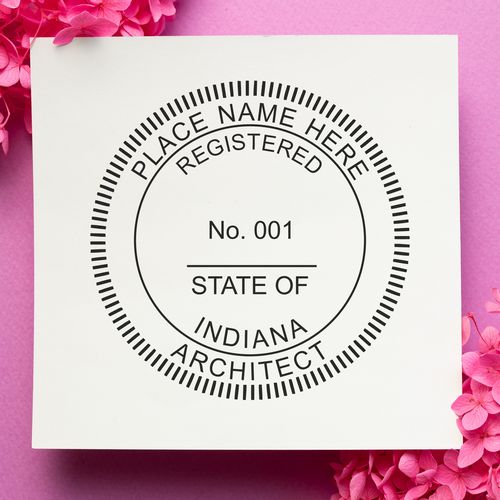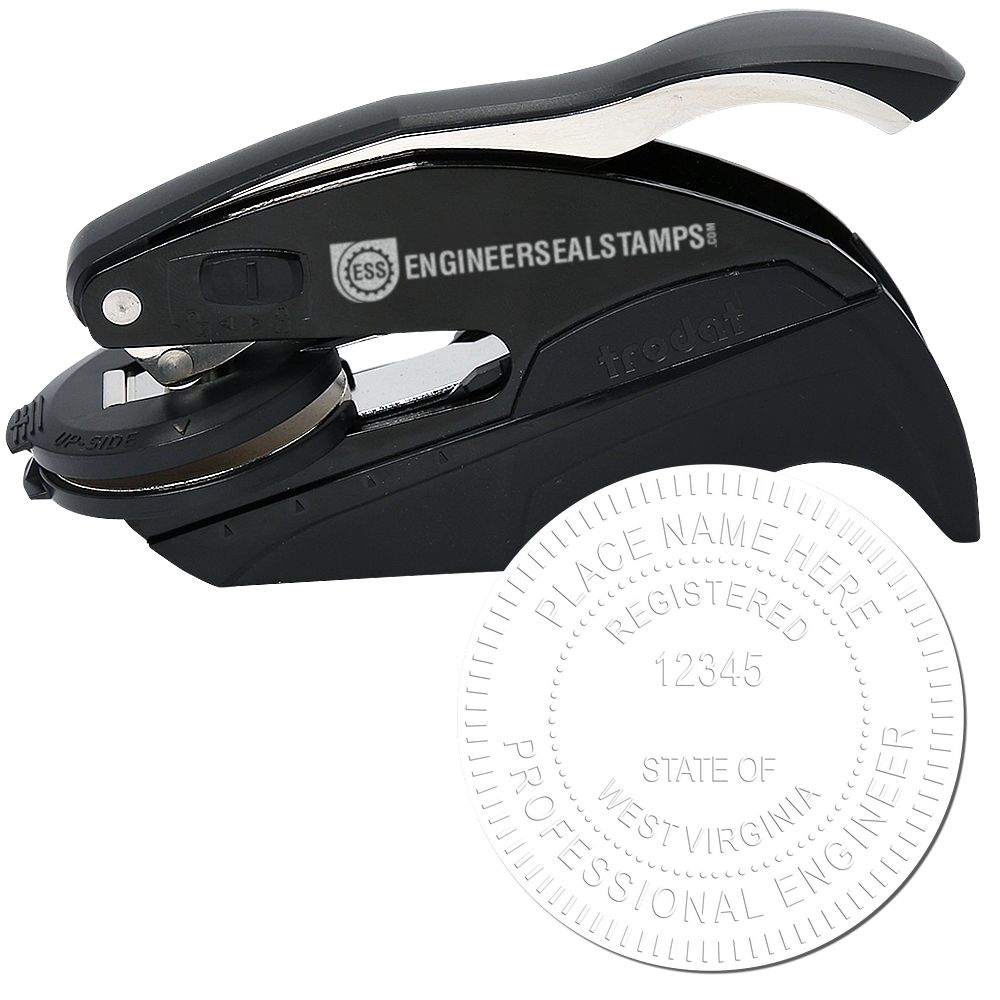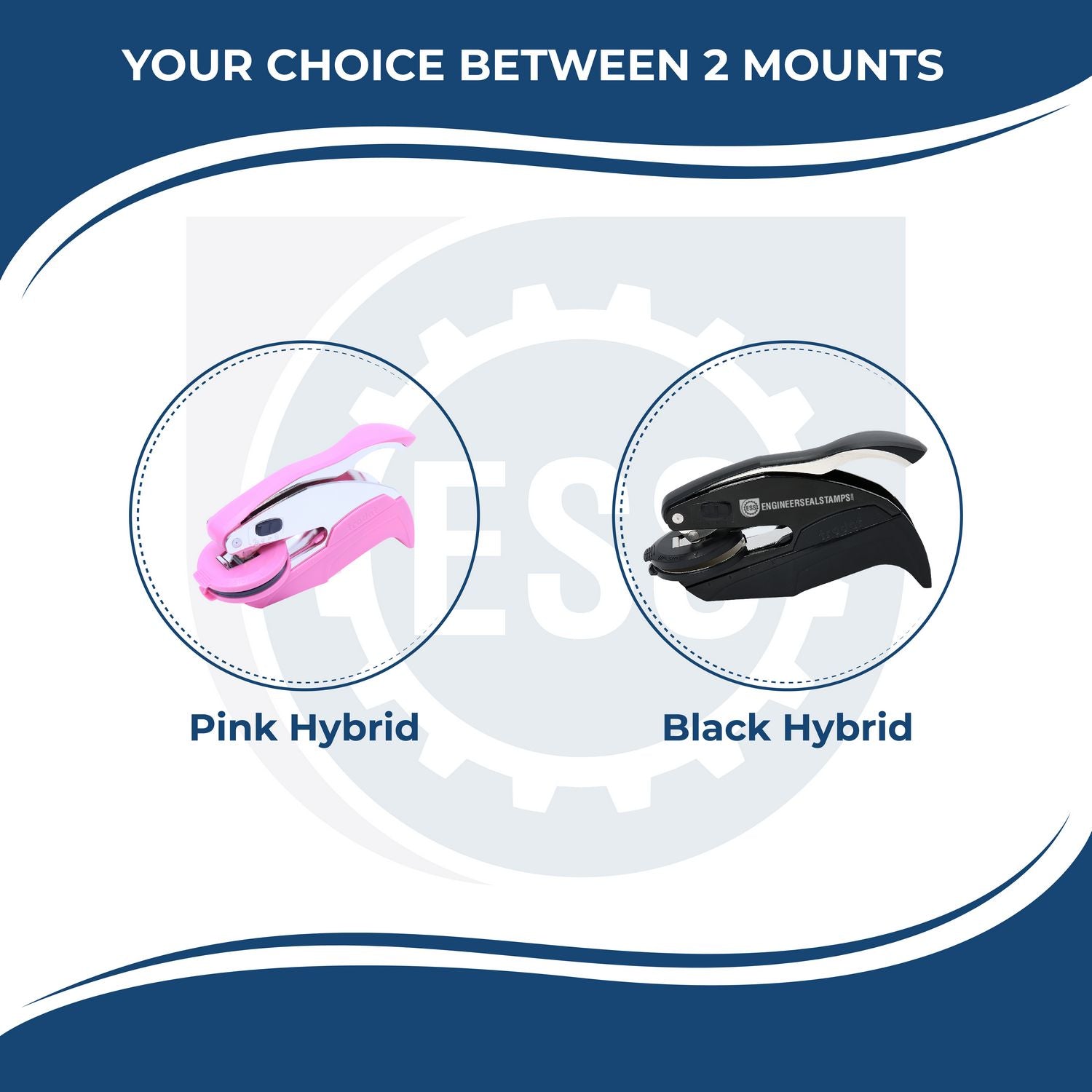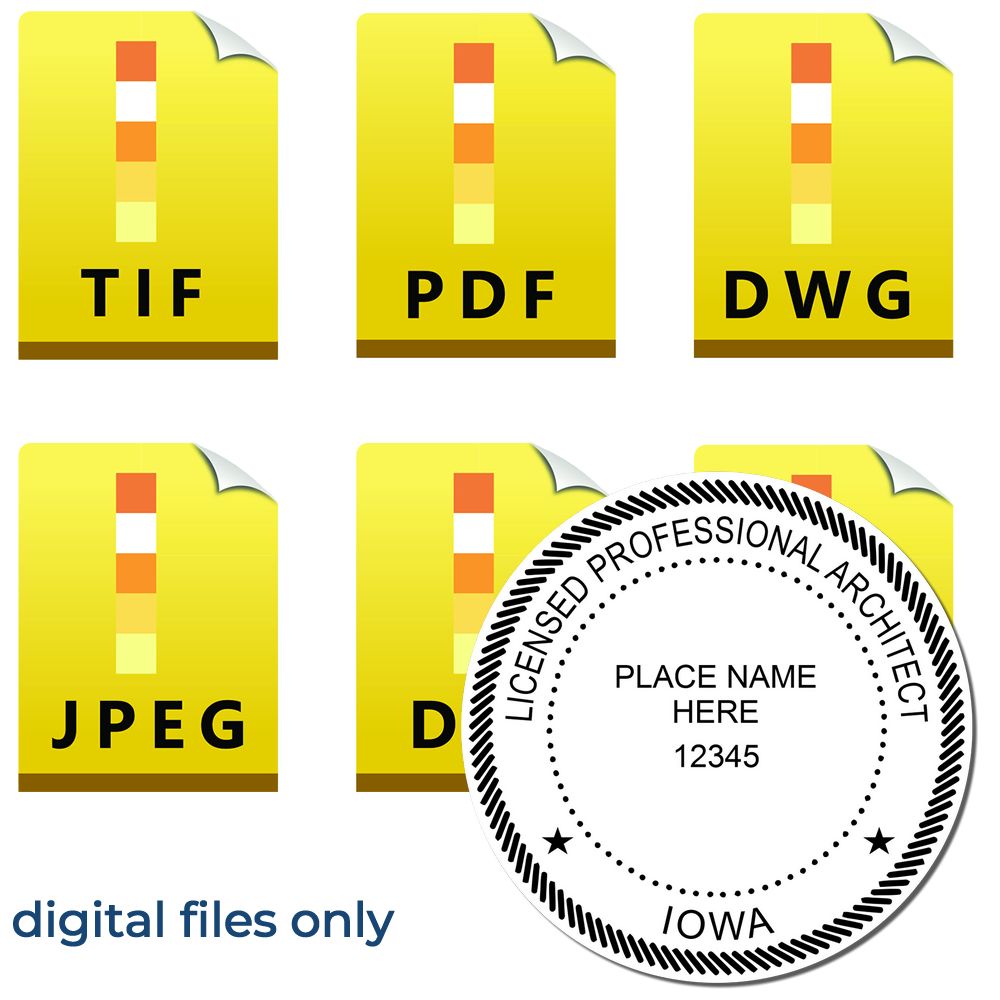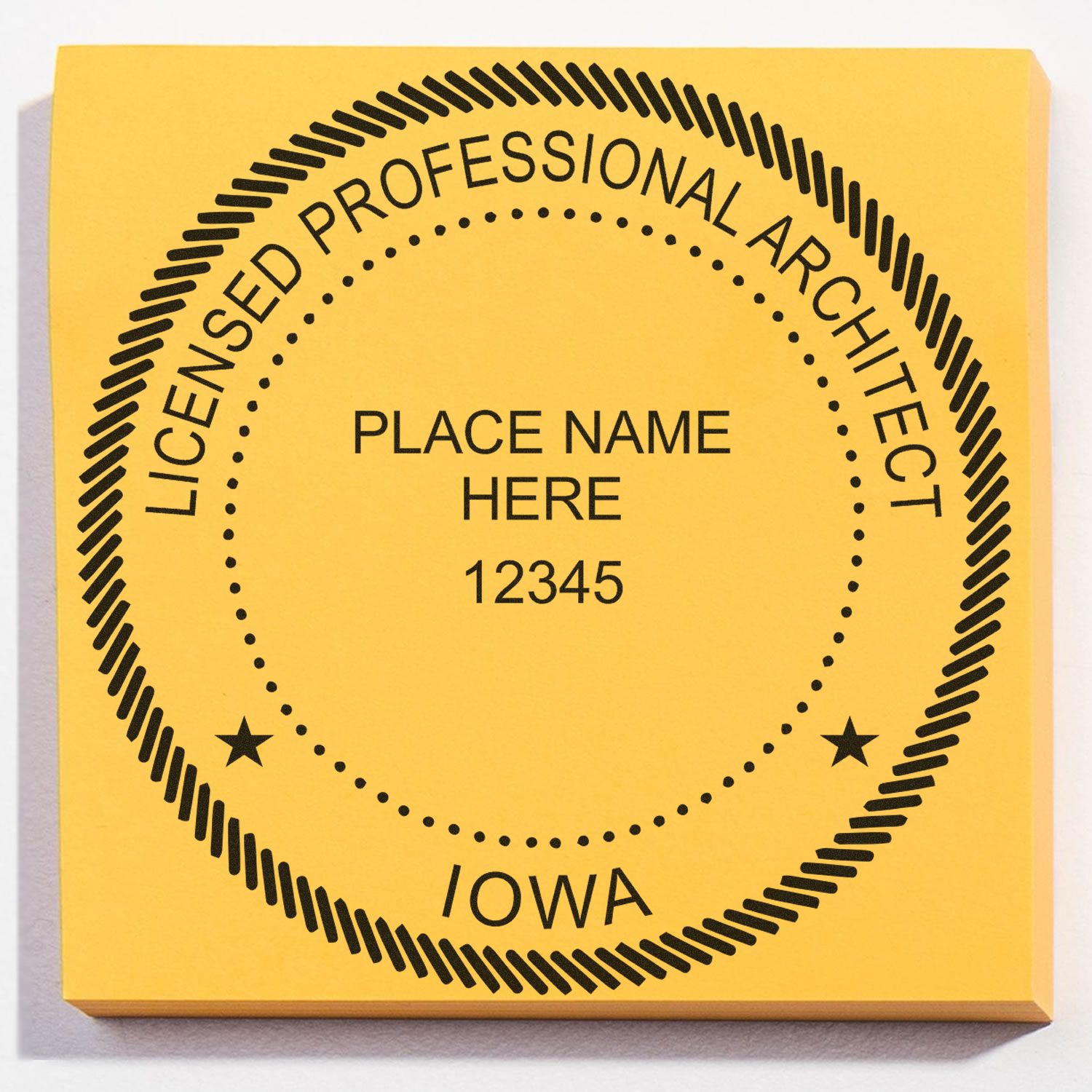Introduction to Professional Engineer Seals
If you're a licensed engineer or on the path to becoming one, you've likely heard about Professional Engineer Seals. These seals play a pivotal role in the engineering industry, representing not only the engineer's credentials but also their commitment to upholding the standards and ethics of the profession.
The Role and Importance of the Professional Engineer Seal
The Professional Engineer Seal is a unique identifier that licensed engineers use to sign, seal, and date their engineering documents, such as plans, reports, and drawings. The seal serves as a mark of assurance, indicating that the work has been performed by a qualified professional who has met the stringent educational, examination, and experience requirements.
Not only does the seal authenticate the engineer's work, but it also signifies that the engineer takes full responsibility for the technical accuracy of the documents. This seal is pivotal in maintaining the integrity of the engineering profession and fostering public trust.
It's important to note that each state has specific professional engineer seal requirements that must be adhered to. These requirements can include specific details about the stamp size, the information included on the seal, and the acceptable types of seals, such as physical engineering stamps or electronic engineering seals.
The Meaning Behind the Seal
Beyond its practical role, the Professional Engineer Seal holds symbolic value. The seal embodies the engineer's oath of ethical practice, representing their commitment to protect the health, safety, and welfare of the public in the execution of their professional duties.
The seal typically contains the engineer's name, license number, and the state where they are licensed. It also often features an emblem or design that represents the engineering profession. Each element of the seal contributes to its purpose, providing clear identification of the professional engineer and underscoring their accountability.
Whether you're a seasoned engineer or a recent graduate, understanding the role, importance, and meaning of the Professional Engineer Seal is crucial. It's not just about meeting the professional engineer seal requirements - it's about embodying the values and responsibilities that come with being a licensed professional engineer. For more information on how to correctly use your seal, be sure to check out our engineering seal guidelines.
Breaking Down the Professional Engineer Seal Requirements
One of the main elements to becoming a professional engineer is understanding and meeting the professional engineer seal requirements. Let's explore the licensing and certification requirements, as well as the education and experience requirements.
Licensing and Certification Requirements
The first step towards obtaining a professional engineer seal is securing the correct licensing and certification. These requirements can vary significantly by state, but there are a few common elements.
To start with, all professional engineers must pass the Principles and Practice of Engineering (PE) Exam, which is administered by the National Council of Examiners for Engineering and Surveying (NCEES). This exam tests the individual's understanding of their chosen engineering discipline and the practical application of engineering principles.
Additionally, prior to sitting the PE Exam, candidates must first pass the Fundamentals of Engineering (FE) Exam, which covers the basic principles of engineering. After passing the FE Exam, aspiring professional engineers typically need to gain a specific amount of engineering experience before they can take the PE exam.
Lastly, once the PE exam is passed, engineers can apply for licensure in their state. You can read more about the difference between engineering stamps and engineering seals on our website.
Education and Experience Requirements
In addition to licensing and certification, there are also specific education and experience requirements for obtaining a professional engineer seal.
To meet the education requirement, individuals typically need to have a bachelor's degree in engineering from an Accreditation Board for Engineering and Technology (ABET) accredited program. Some states may also accept a degree in a related field, provided the individual has completed a certain amount of engineering coursework.

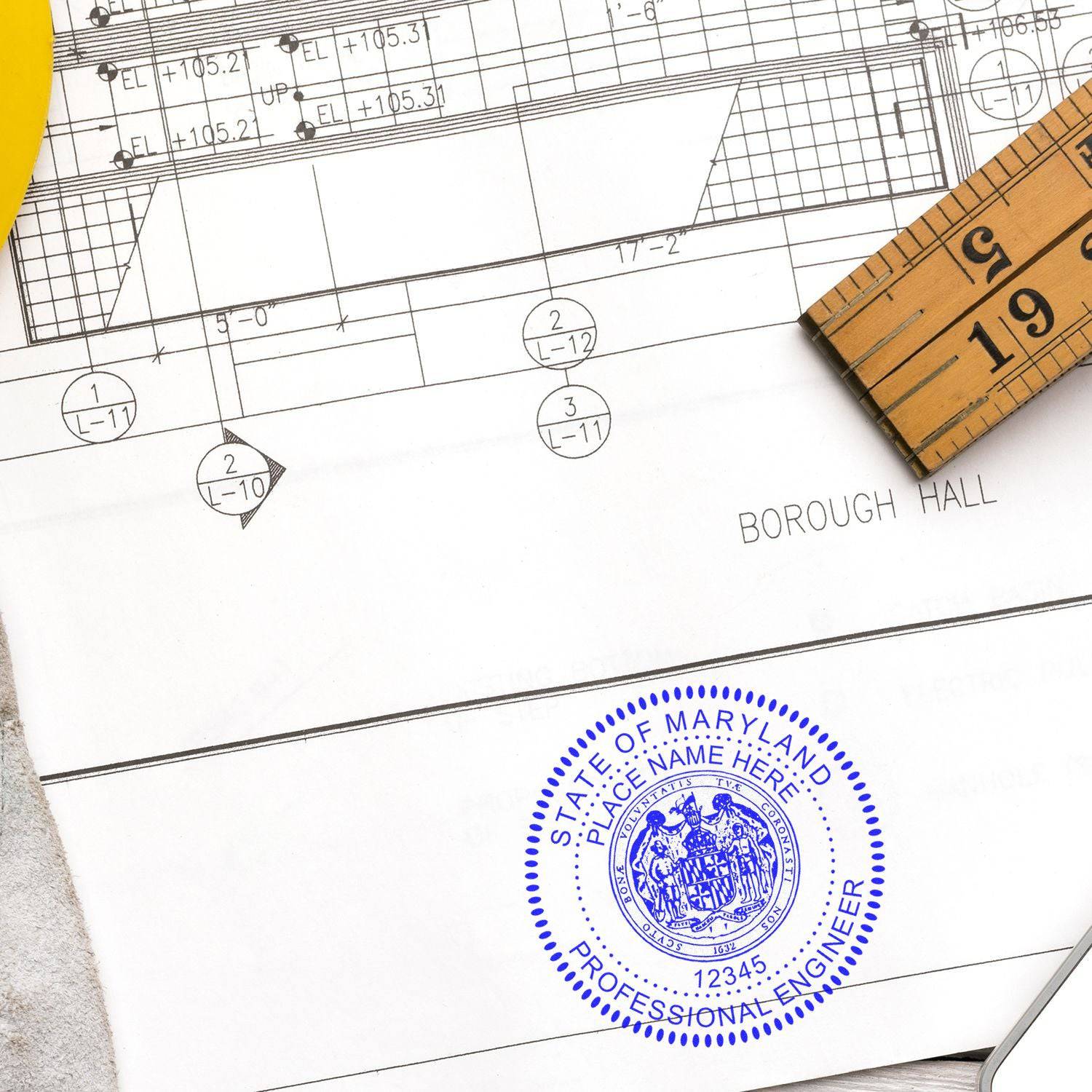
As for the experience requirements, most states require professional engineers to have at least four years of supervised engineering experience. This experience must be obtained after the individual has earned their bachelor's degree and is intended to prepare the individual for the responsibilities and challenges of being a professional engineer.
| Requirement | Description |
|---|---|
| Education | Bachelor's degree in engineering from an ABET-accredited program |
| FE Exam | Pass the Fundamentals of Engineering Exam |
| Experience | 4 years of supervised engineering experience |
| PE Exam | Pass the Principles and Practice of Engineering Exam |
| Licensure | Apply for licensure in your state |
The path to becoming a professional engineer involves a combination of education, testing, and practical experience. By understanding the professional engineer seal requirements, aspiring engineers can better prepare for their journey in this rewarding field. For more details about the size and design of the engineer seal, refer to our guide on professional engineer stamp size.
Understanding the Application Process
Taking the next step in your engineering career involves understanding the application process for a Professional Engineer seal. This process can seem daunting, but by breaking it down into manageable steps and knowing what to expect, you can navigate it with confidence.
Steps to Apply for a Professional Engineer Seal
Applying for a Professional Engineer seal involves a series of steps that demonstrate your qualifications and readiness to uphold the standards of the profession. Here's a simplified breakdown of the process:
-
Complete the Required Education: This typically involves obtaining a degree in engineering from an accredited institution.
-
Gain Relevant Experience: After completing your education, you'll need to gain professional experience under the supervision of a licensed engineer. The required duration of this experience can vary by state.
-
Pass the Fundamentals of Engineering (FE) Exam: This is a comprehensive exam that tests your understanding of key engineering concepts.
-
Pass the Principles and Practice of Engineering (PE) Exam: After gaining the necessary experience, you'll need to pass this exam, which focuses more on the practical aspects of engineering.
-
Apply for Licensure: Once you've passed the exams and met the education and experience requirements, you can apply for licensure with your state's engineering board.
-
Order Your Seal or Stamp: After receiving your license, you can order your Professional Engineer seal or stamp. The design and size of the stamp or seal can vary by state, so make sure to check your state's specific engineering seal guidelines.
What to Expect During the Application Process
Understanding what to expect during the application process can help you navigate it more smoothly. Here are a few key things to keep in mind:
-
Timeline: The application process can take several years, as it includes obtaining a degree, gaining professional experience, and passing two comprehensive exams.
-
Costs: There are costs associated with each step of the process, including exam fees, application fees, and the cost of ordering your engineering seals or engineering stamps.
-
Documentation: You'll need to provide various documents throughout the process, such as transcripts, proof of experience, and exam results.
-
Review and Approval: After submitting your licensure application, it will be reviewed by your state's engineering board. If approved, you'll receive your license and can then order your seal or stamp.
Navigating the application process for a Professional Engineer seal can seem overwhelming, but by understanding the steps involved and what to expect, you can approach it with confidence. Keep in mind that obtaining a Professional Engineer seal is a significant achievement that reflects your commitment to upholding the highest standards of the engineering profession.
Renewal and Maintenance of the Professional Engineer Seal
Keeping a professional engineer seal active and valid involves a process of renewal and maintenance. This is an essential aspect of professional engineer seal requirements. In this section, we will cover the frequency and process of renewal as well as the educational requirements for maintaining the seal's validity.
Renewal Frequency and Process
The renewal of a professional engineer seal varies by state, but it generally needs to be renewed every two years. The renewal process typically involves submitting an application form, along with documented proof of completed continuing education units (CEUs), and a renewal fee to the state licensing board.
| State | Renewal Frequency | Renewal Fee |
|---|---|---|
| California | Every 2 years | $80 |
| Texas | Every 2 years | $100 |
| New York | Every 3 years | $220 |
To stay updated on the exact requirements and deadlines for your state, it's recommended to regularly check with your state licensing board or its website.
Continuing Education Requirements
Continuing education is a crucial part of the renewal process. Most states require professional engineers to earn a specific number of professional development hours (PDHs) or continuing education units (CEUs) during each renewal cycle. The exact requirements can vary, but they usually range from 15 to 30 hours per year.
These PDHs or CEUs can be earned through a variety of educational activities like seminars, workshops, self-study courses, or even teaching a course related to engineering. The aim is to ensure that professional engineers stay current with the latest advancements and standards in the engineering field.
| State | PDHs/CEUs Required |
|---|---|
| California | 30 every 2 years |
| Texas | 15 every year |
| New York | 36 every 3 years |
Remember, these are just general guidelines. For detailed requirements, it's best to consult your state's licensing board or visit their official website.
Maintaining a valid professional engineer seal is not just about renewing it on time. It also requires a commitment to continuous learning and staying abreast of the latest advancements in one's field. By doing so, engineers uphold the integrity of their profession and ensure they are providing the highest quality service to the public. For more information on engineering seals and stamps, you can refer to our articles on engineering stamps and engineering seals.
Misuse of the Professional Engineer Seal
The Professional Engineer Seal is a representation of the engineer's credentials and their commitment to uphold the highest standards in their work. However, misuse of the seal is a serious offense and can lead to severe consequences.
Potential Consequences of Misuse
Misuse of the Professional Engineer Seal can include actions such as using the seal on documents that the engineer did not prepare or approve, using the seal after the engineer's license has expired or been suspended, or allowing others to use the engineer's seal.
The consequences of such actions can be severe and far-reaching. They can include administrative penalties like fines, formal reprimands, suspension or revocation of the engineering license, and in some cases, criminal charges.
Overall, the misuse of a Professional Engineer Seal can severely damage an engineer's reputation and career. It is therefore critical to understand and adhere to the professional engineer seal requirements to avoid any potential misuse.
| Misuse Action | Potential Consequence |
|---|---|
| Using the seal on unapproved documents | Fines, suspension or revocation of license |
| Using an expired or suspended seal | Fines, formal reprimand, suspension or revocation of license |
| Allowing others to use the seal | Fines, formal reprimand, criminal charges |
How to Report Misuse
If you suspect that a Professional Engineer Seal is being misused, it is important to report this to the proper authorities. Generally, this involves contacting the state engineering board or licensing authority where the engineer is registered.
When reporting, be ready to provide as much information as possible, including the name of the engineer, a description of the suspected misuse, and any available evidence. This could include copies of documents bearing the misused seal, emails, or other relevant communications.
Misuse of the Professional Engineer Seal is a serious offense that undermines the integrity and reliability of the engineering profession. As such, it is everyone's responsibility to understand and respect the proper use of the seal, and to report any suspected misuse. For more information on the use and requirements of engineering seals, feel free to visit our articles on engineering seals and engineering seal guidelines.
Frequently Asked Questions
The process of obtaining and maintaining a professional engineer seal involves navigating a variety of rules and regulations. Here, we answer some of the most commonly asked questions about professional engineer seal requirements.
Can I use the same seal in different states?
The use of a professional engineer seal is regulated by individual state laws. Some states may allow the use of the same seal across state lines, while others require engineers to obtain a separate seal for each state in which they are licensed. It's crucial to check the specific guidelines of each state before using your seal. Visit our article on engineering seal guidelines for more detailed information.
What happens if I lose my seal?
If you lose your professional engineer seal, it's important to report the loss to the relevant licensing board immediately. You may need to provide a written statement detailing the circumstances of the loss. In most cases, you will be allowed to order a replacement seal. However, the process and requirements can vary by state, so be sure to check with your local licensing board for specific information.
Can my seal be revoked or suspended?
Yes, a professional engineer seal can be revoked or suspended if the engineer violates any laws or regulations related to the practice of engineering. This can include misuse of the seal, practicing without a valid license, or failing to meet continuing education requirements. The consequences for these violations can be severe, including fines, loss of license, and legal action. It's important for all engineers to understand and adhere to their state's specific professional engineer seal requirements to avoid these penalties.
Remember, these answers provide only a general overview. Always consult with your state's engineering board or a legal professional for advice tailored to your specific situation. Our articles on engineering stamps and engineering seals offer further insights into the world of professional engineering credentials.
About ESS
ESS is a leading manufacturer in the industry specializing in top-notch custom rubber stamps, professional seals and notary stamps. Our team of experts has hands-on experience in manufacturing premium-quality products that have consistently met the high standards of our customers. Our primary goal is to provide the best customer experience by rendering stellar customer service, timely delivery, and meeting every specific requirement of our clients.
We take pride in the durability and long-lasting performance of our products which are backed by a state-board guarantee, ensuring that our clients can rely on our products with complete peace of mind. We also offer a quick turnaround on all our products, ensuring that our clients receive their orders promptly. At ESS, we understand the importance of standing out amongst the competition and showcasing professionalism. That's why we don't compromise on the quality of our products. We use the latest technologies and manufacturing techniques to develop products that are durable and long-lasting. With over 50 years of experience in the industry and a team of experienced and qualified professionals, ESS has set a benchmark in the market for providing premium-quality custom rubber stamps, professional seals and notary stamps. We are committed to maintaining our standard and continuously strive to raise the bar.
